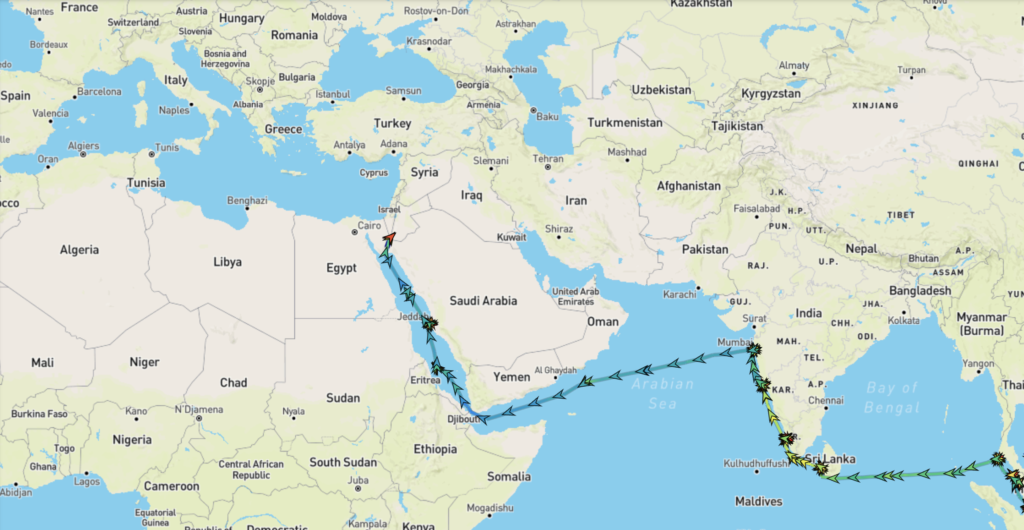
Up at 5:30 (the ship was docking at 6 AM) and dressing warmly for the forecasted chilly weather, we had a quick breakfast, met up with our tour group in “The Chef’s Table” restaurant at 6:30 (empty at this hour), had a quick “fluid adjustment” break – then we were out and onto the dock by 6:40 and thru a quick passport control check by 6:40 A.M.
It was amazingly efficient. They slapped a sticker on our passports and will keep them until we leave Jordan later in the cruise. They slapped a copy of the sticker on our cruise card and we were done. (Returning thru passport control coming back to the ship was simply a matter of scanning the sticker on our cruise card.) I can think of many places who could learn efficiency from Jordan.
Anyway, by 6:45 we were in the parking lot looking around for our private “Memphis Tours” bus – which finally arrived 10 minutes later. We were trying to leave before the 26 tour buses for the Cunard “Queen Victoria” that arrived early that morning (and the 12 buses for the various “Viking” tours). Finally we were boarded. I did one final roll call and turned the group over to our guide, Aboud, and we were off.
Bedouins have lived in this arid region since the fourth century when the Nabateans left their capital due to the shift in trade routes and the expansion of seaborne trade around the Arabian peninsula. Traditionally they were semi-nomadic herders, but recently their economy has moved toward supplying the tourists passing by. With less movement they have begun to build more permanent residences.
Along the way we passed Wadi Rum (wadi means valley-its where any water runoff collects). This is such a dry country. At the last treaty with Israel, Israel diverted most of the Jordan River leaving just a little water to run down into the Dead Sea (which is now shrinking). The country hopes to build a desalinization plant near the Red Sea but that will be very expensive.
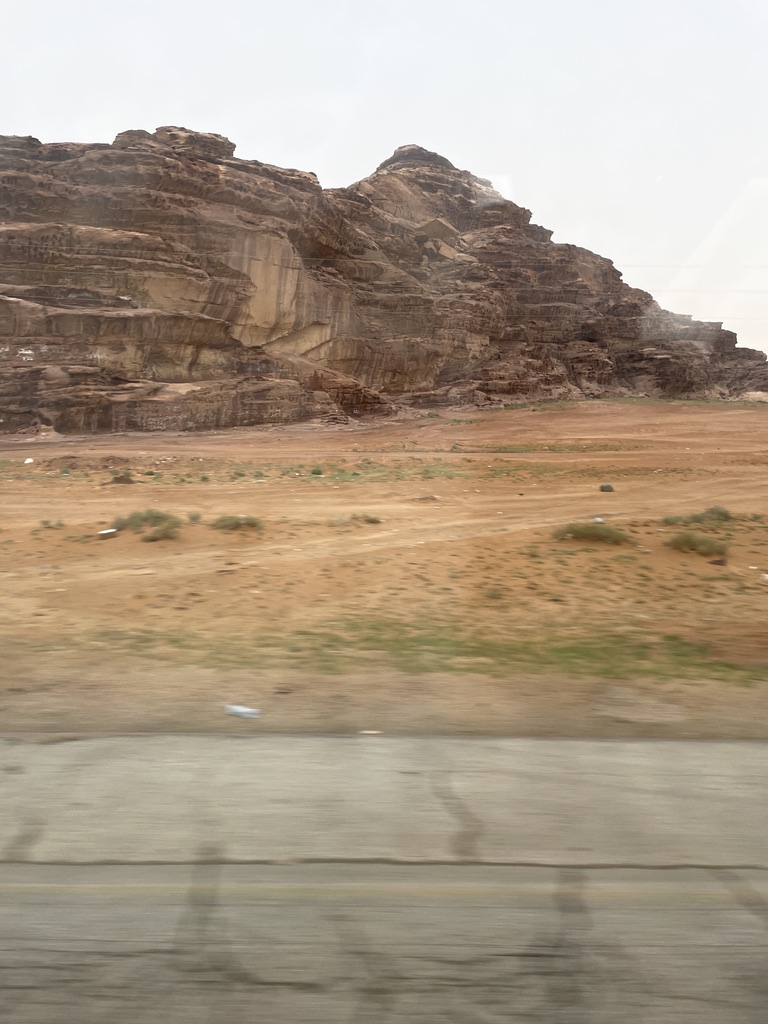
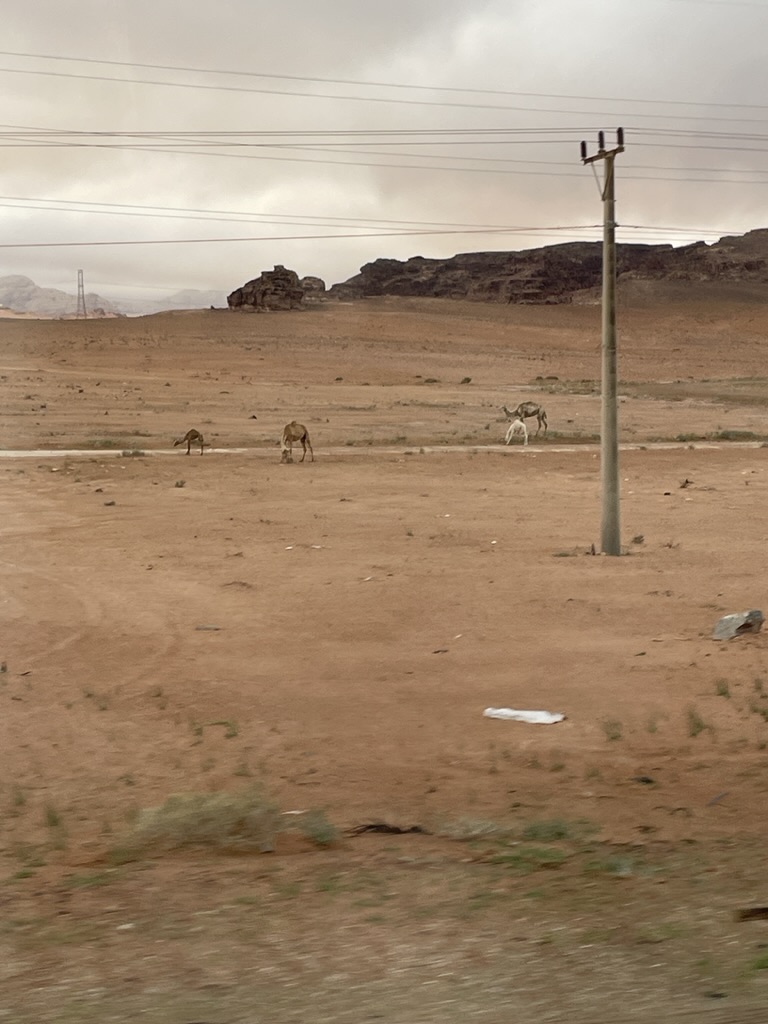
Unique for its large expanses of reddish sand with volcanic-sedimentary mountains in the distance, it is famous for the exploits of Lawrence of Arabia in the first world war and more recently as a movie location for “Dune”, “Rogue One”, “The Rise of Skywalker”, and “The Martian” to name a few.
Eventually we left the modern 4-lane highway and entered the “King’s Way”.
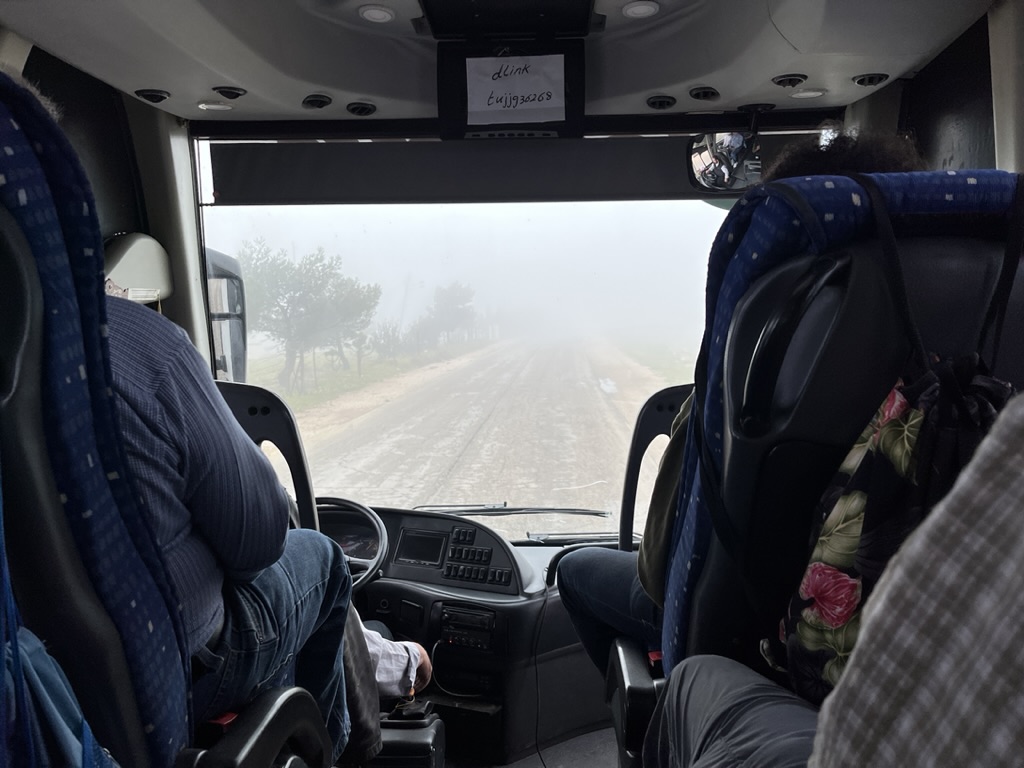
This road is significant because it follows the path of an ancient Spice Road that traverses the entire Arabian peninsula from south to north – traveled by traders for thousands of years until the Ottoman empire imposed a road tax in the 1300s.
You may note the fog in the above photo. For much of the drive we were in a misty cloud/fog bank. At this point we had risen to 1,500 meters (4,900 feet). By the time we got to the Petra Visitor Center we were back down to 1,000 meters (3,300 feet).
At the Visitor Center,
Then it was time to embark on the long walk down into the rift valley of Petra. As we were walking in a continuous misting rain, the dirt underfoot rapidly turned into slippery mud (however, as this 65 degree day was such a welcome relief from the 95 degree day in Aqaba, no-one was complaining).
Along the way we stopped to look at a couple of tombs.
The “Pylon and column” tomb style is Greek while the “Step tomb” style is Egyptian/Nabatean (the spirit goes up the steps to heaven).
Eventually we came to the mouth of the Siq (think “slot canyon”). At the entrance to the Siq several businesses have been set up to serve weary travelers.
Local tradition holds that the Magi who visited the Baby Jesus came from Petra (although the spices brought can be found anywhere along the spice road through Saudi Arabia). While there is nothing concrete to substantiate this story it is certainly feasible…
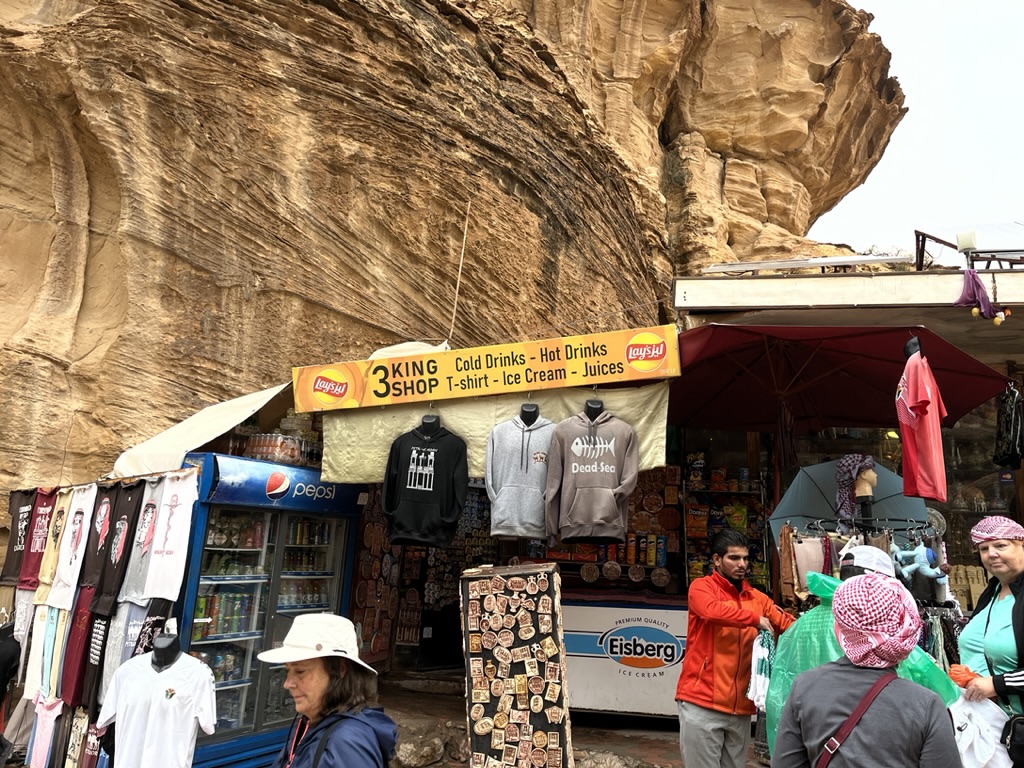
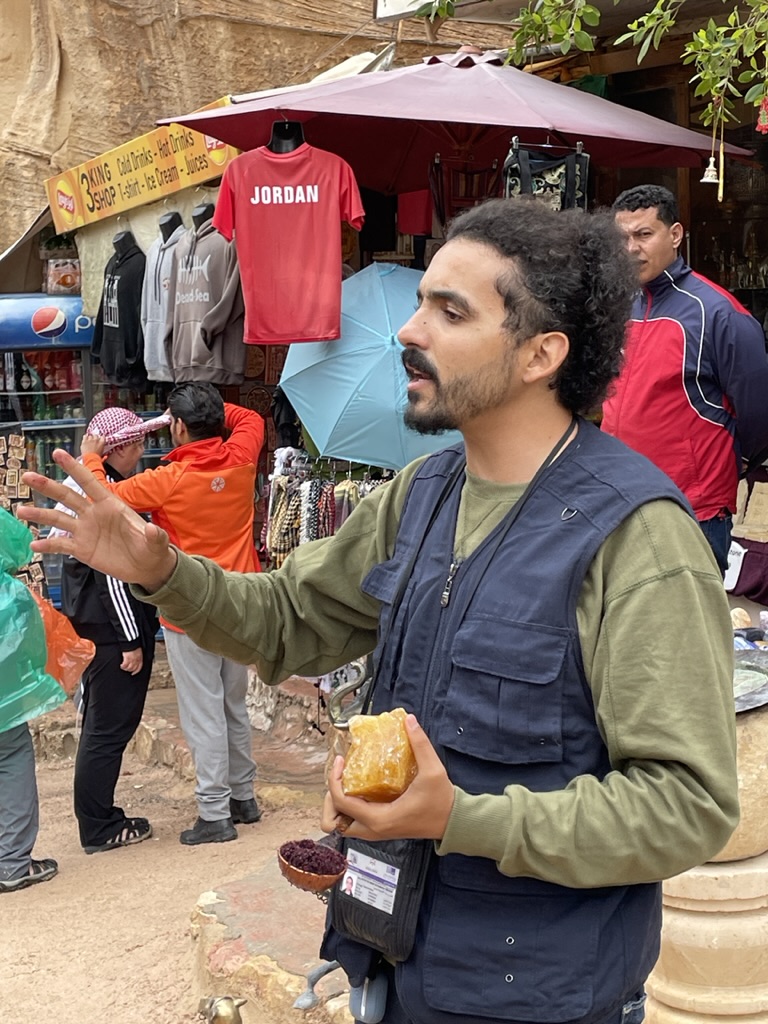
After a brief stop to smell the Frankincense and Myrrh, we entered the Siq for the mile long trek to the Treasury (actually a mausoleum).
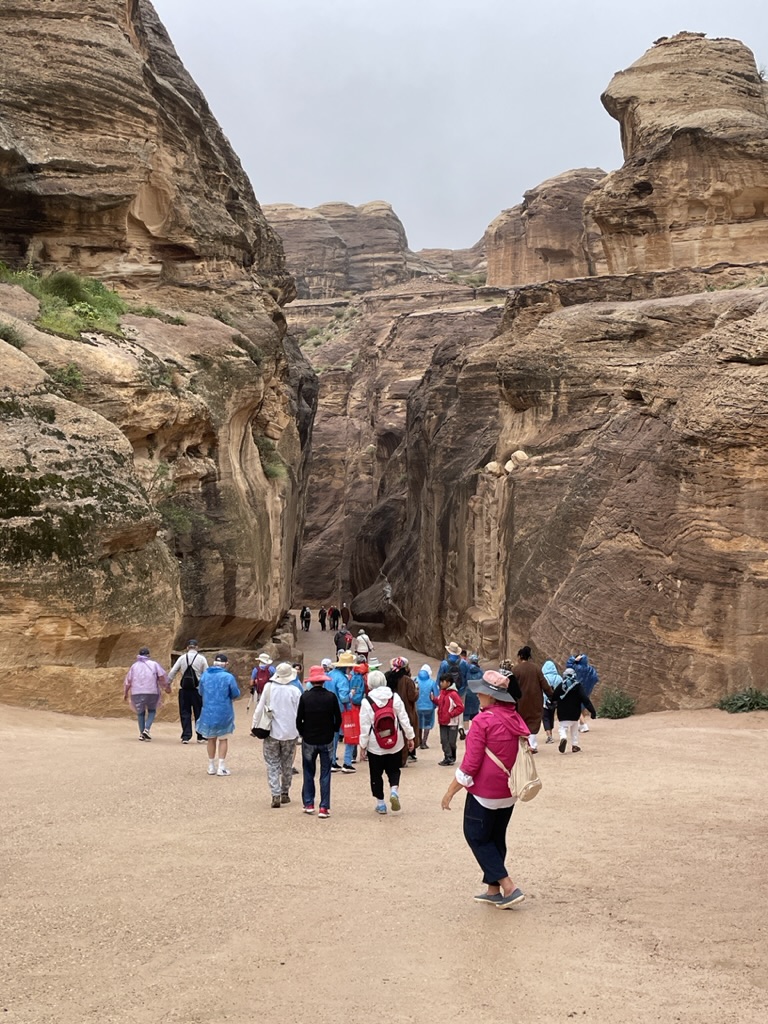
Along the way Aboud stopped frequently to talk about formations, carvings, and the history of the site.
Yes, there were golf carts. While they were cheap, the lines to use them were pretty long and go by so fast that you’d miss everything we saw along the way. Aboud was stopping every few hundred yards to talk about some feature or to relate what we were seeing to Petra’s historical importance.
Eventually we did come to the end of the Siq.
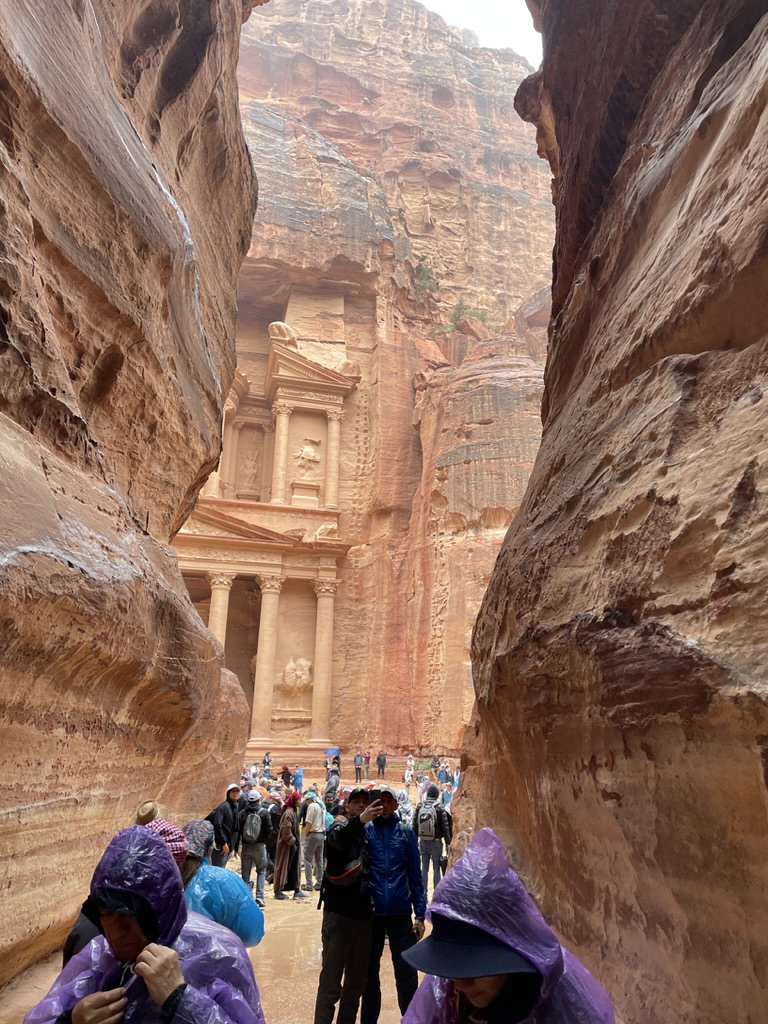
We took some time wandering around going “Ooo” and “Ahh” and taking photos.
Cheryl talked about the treasury (It’s purpose and symbolism) yesterday so we will head on down the path to view other significant features at the site.
Around the corner we came to the next sites of wonder.
At this point, it was time to make our way back if we were going to meet our bus in time (plus Cheryl had turned her ankle walking on the rough stoney path so we had to go slow).
There’s so much more to see in Petra. It deserves at least 2 if not 3 days – but this was a good initial overview.
One more thing – we spent a bit of money. We had to buy a bottle of sand art. They use sand made from the local rocks found in Petra which they grind into a powder then, using a funnel and a wire for the designs, they fill the bottle right in front of you – proof positive this souvenir is NOT an import from China.
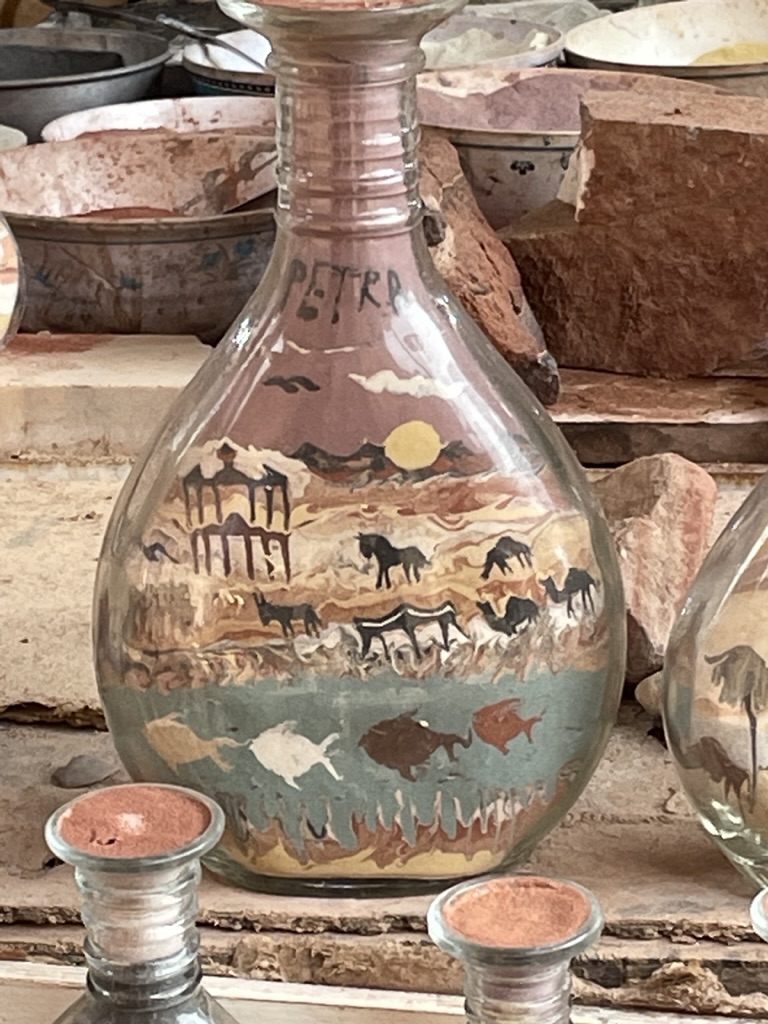
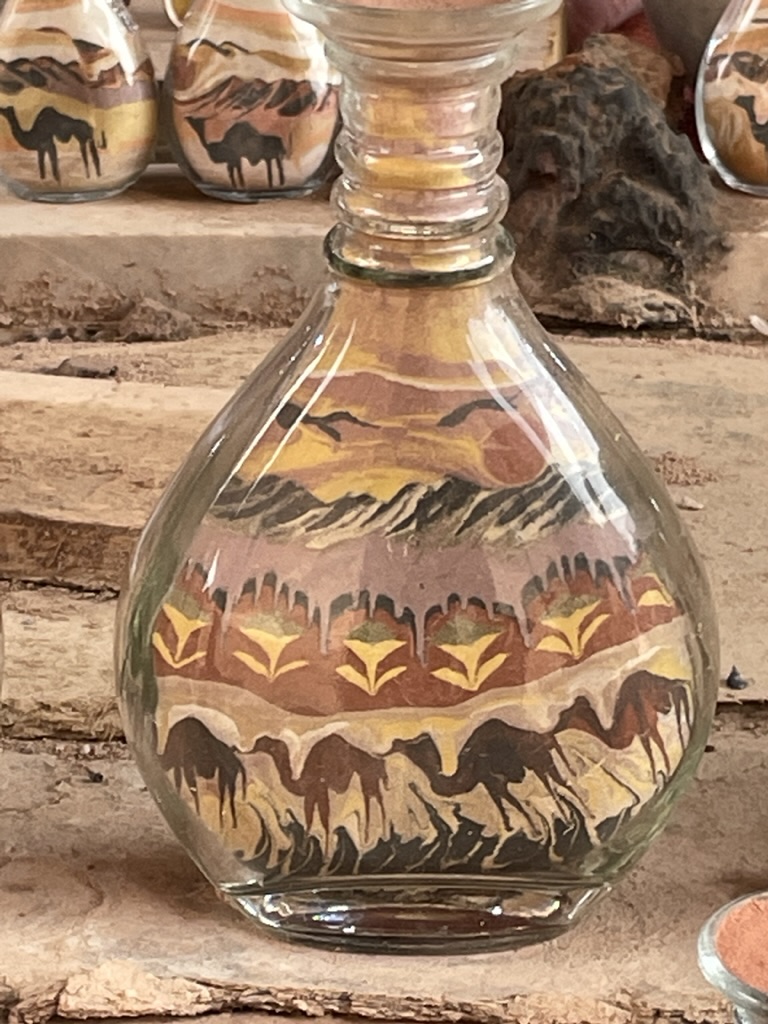
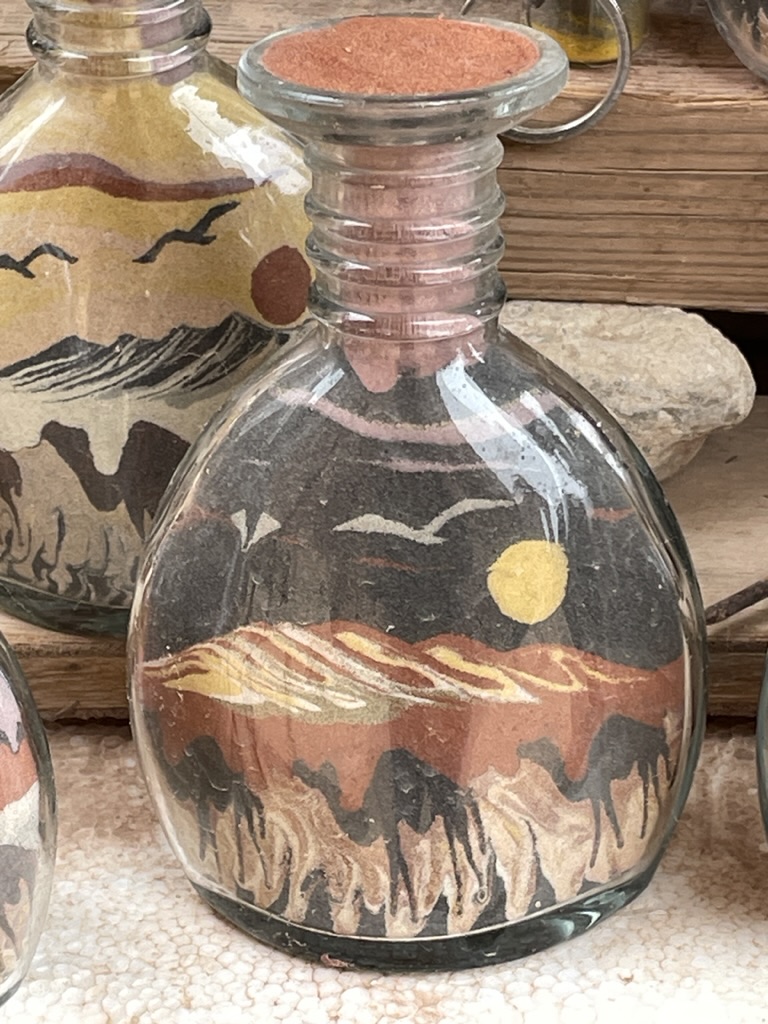
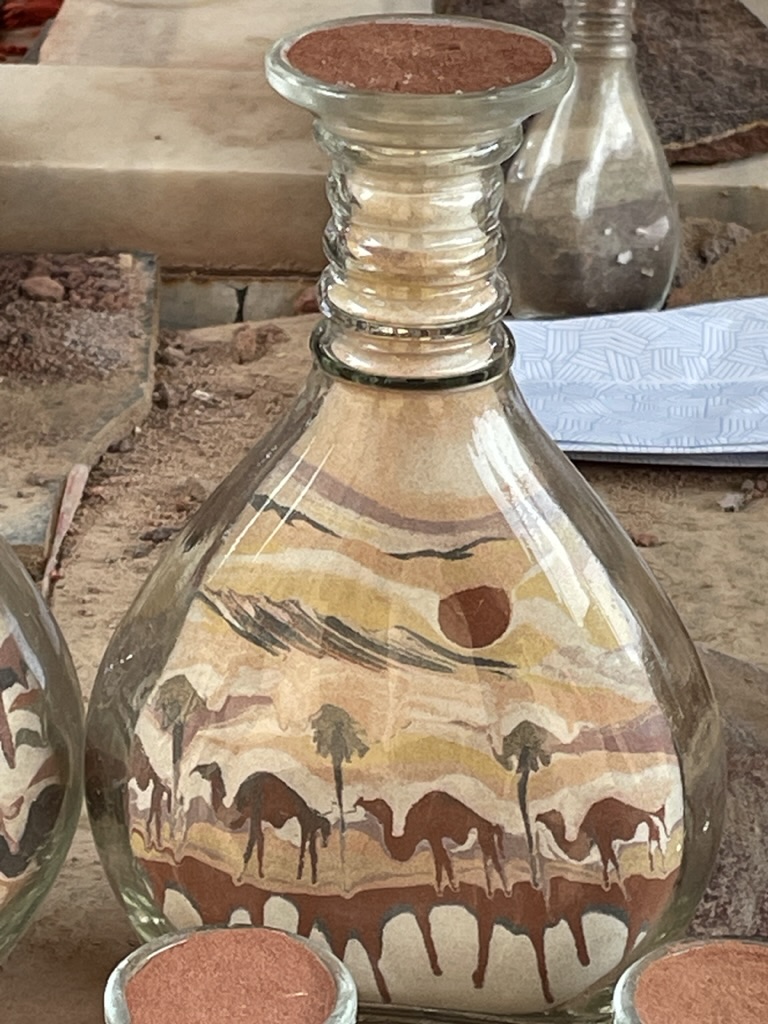

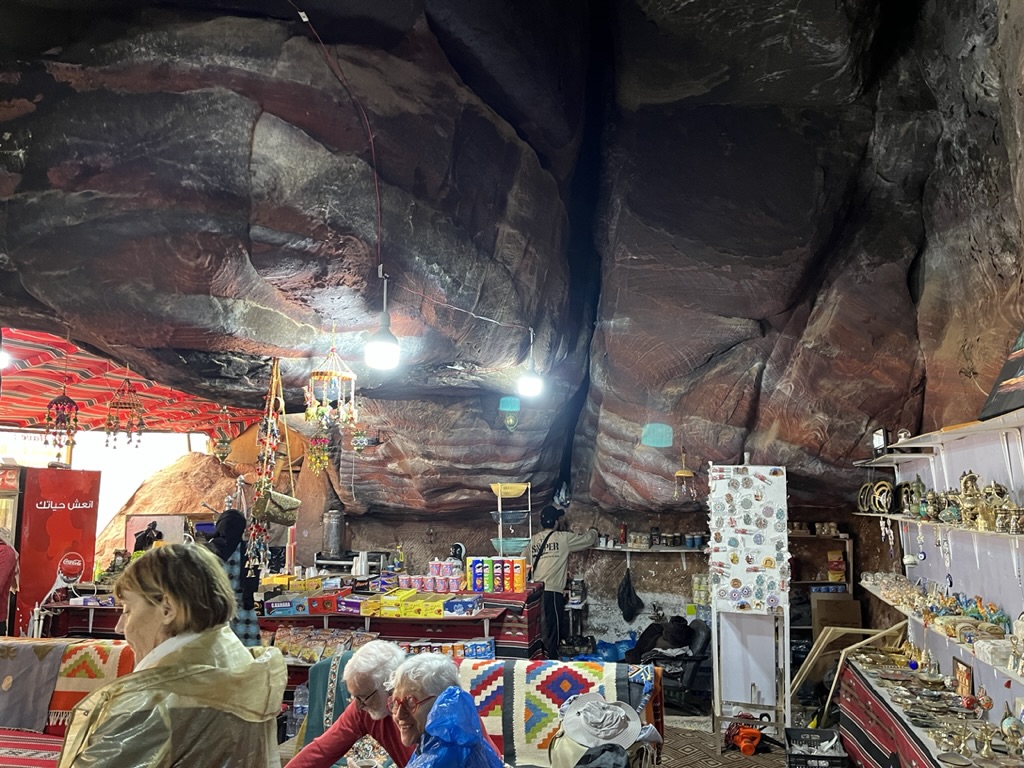
Back at the Visitor’s center we laughed at this sign:
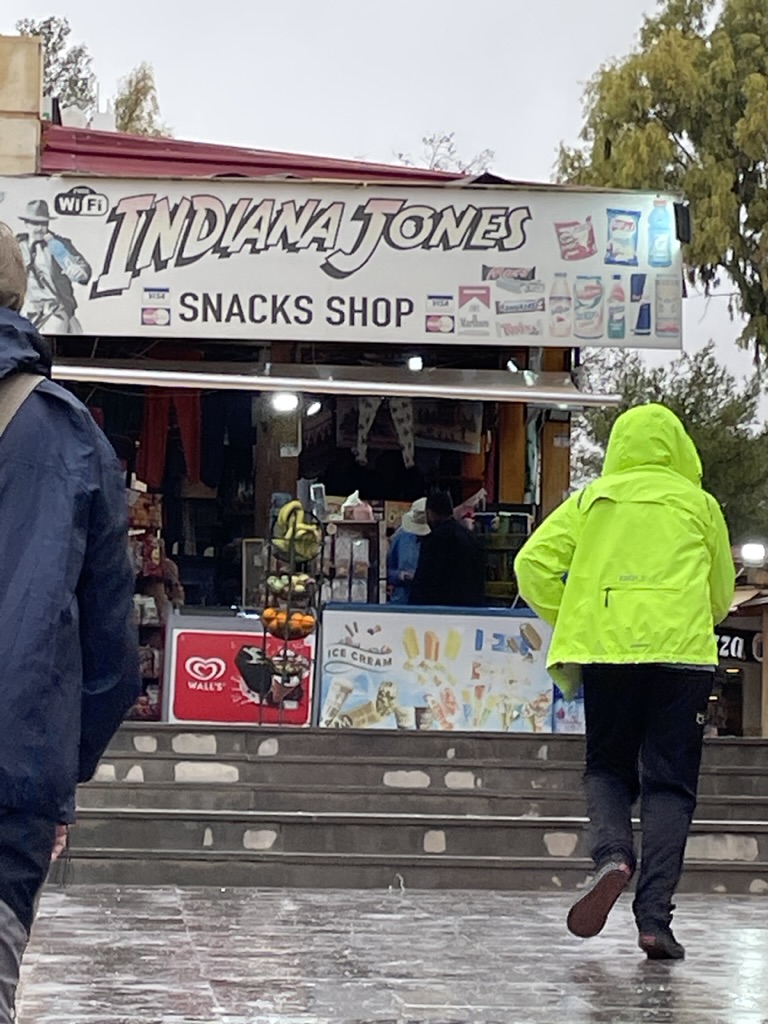
Eventually (about 15 minutes late) we were all back on the bus and ready to go onward. Our first stop was for Aboud to pick up “Egyptian food” box lunches from a local restaurant for us.
Following that, the bus voted for one more stop: The Well of Moses.
There is a spring in the town – incidentally named Wadi Mussa (Mosa/Moses) – that tradition holds was the one created when Moses struck the rock to bring forth water for the Hebrew whiners.
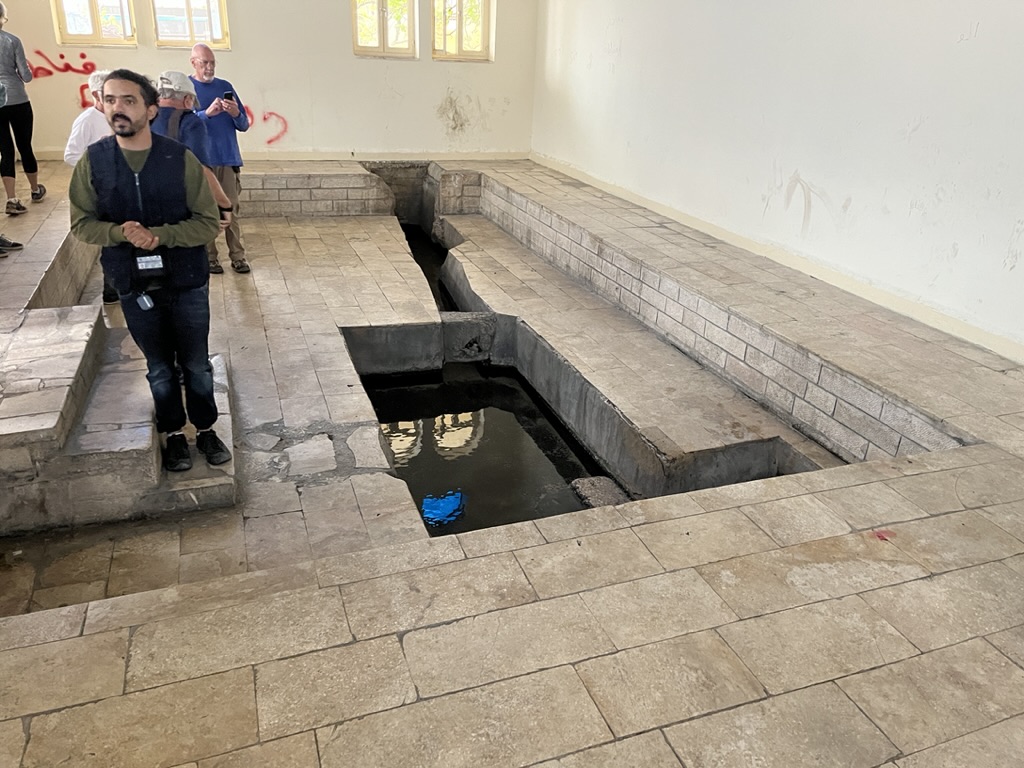
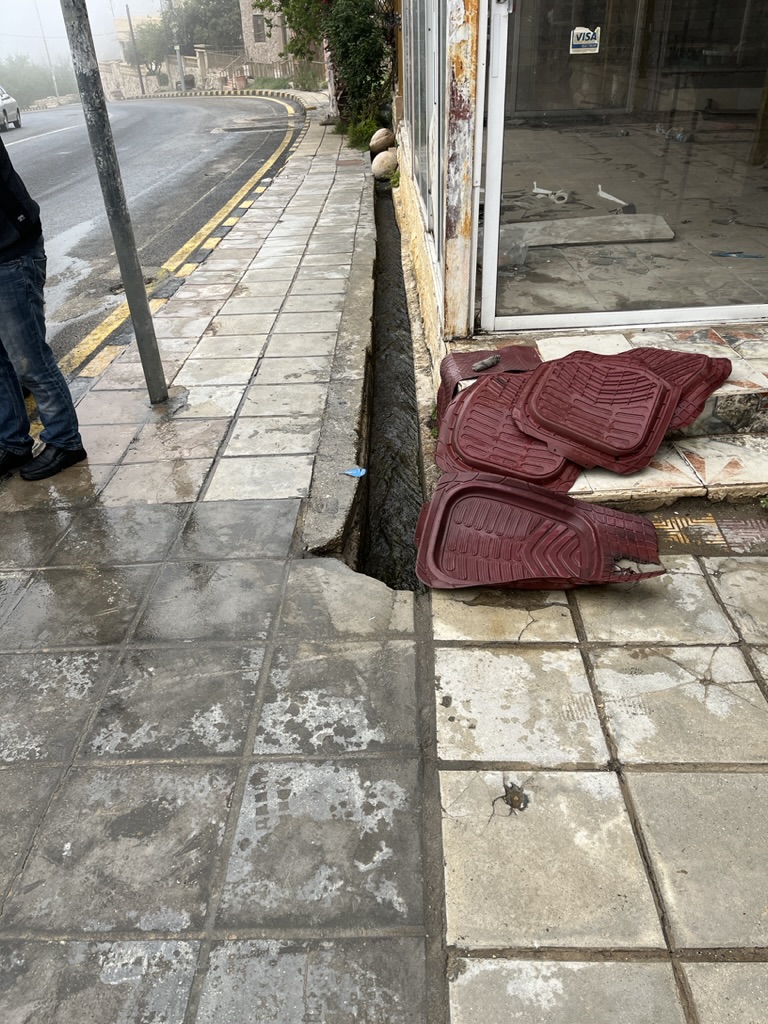
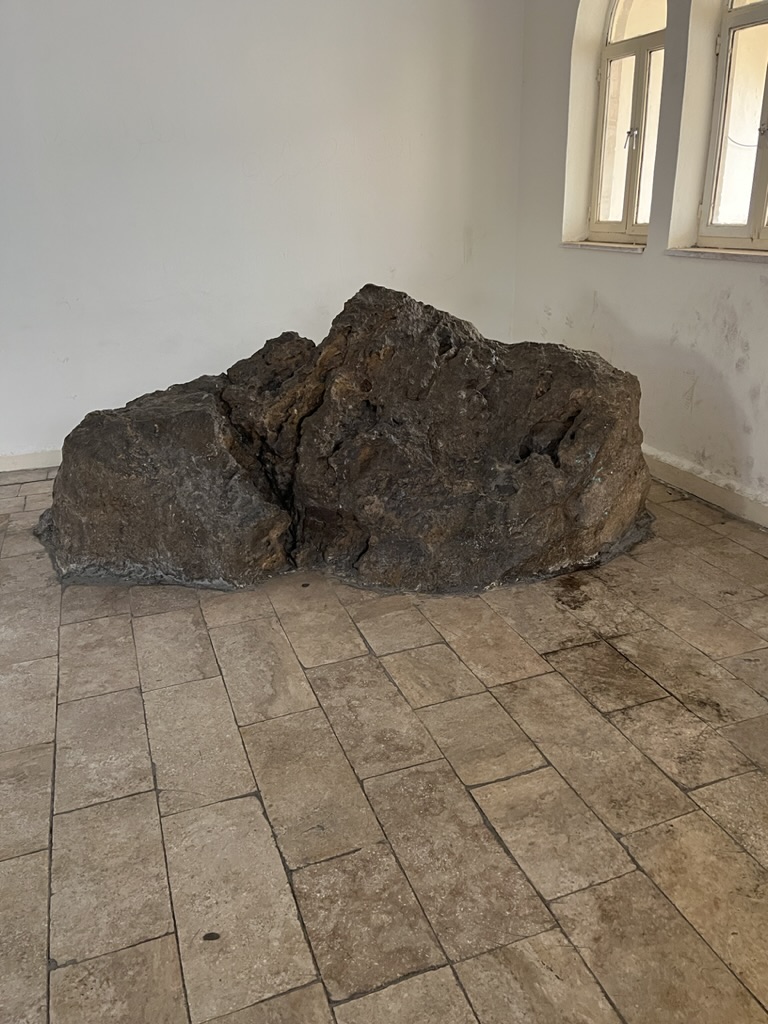
Then we made for the ship, arriving at 4:30 – a scant half-hour before “Back on Board” time.
This sounds like a pretty close call, but there were Viking excursions that didn’t get back until much later, so we weren’t in any actual risk of missing the ship.
We had dinner out on the rear Aquavit Terrace, watching the volcanic mountains grow purple shadows behind Aqaba as the sun lowered.
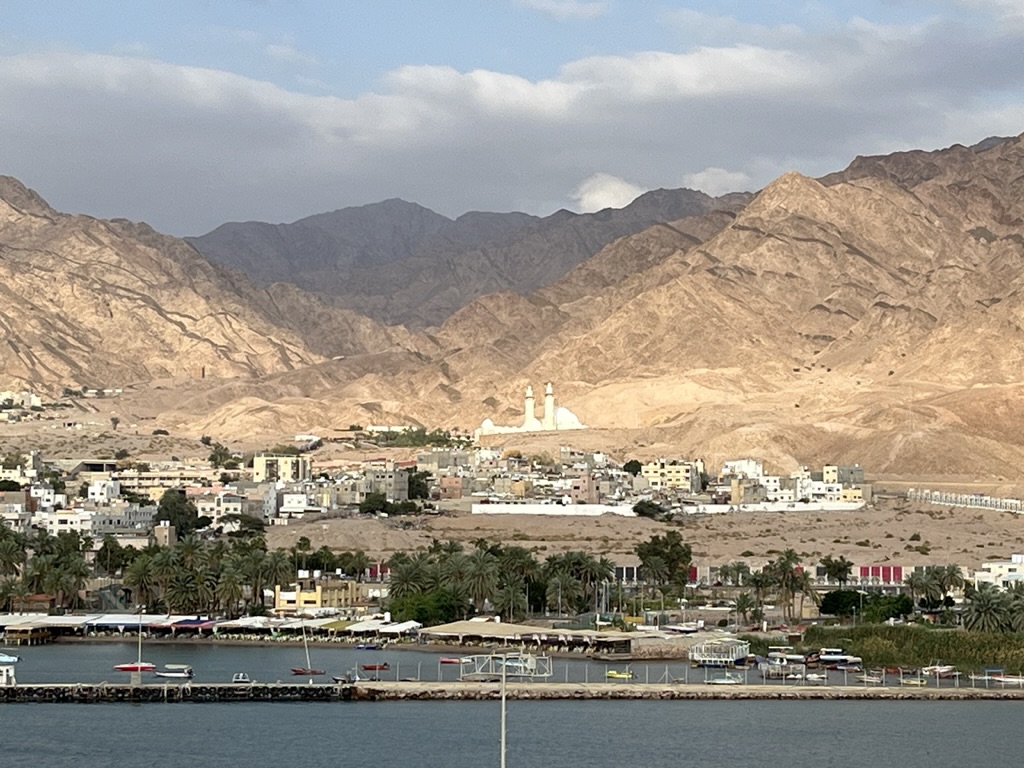
Following dinner Cheryl had a massage appointment while I stayed on deck to catch a few last shots including one from the front.
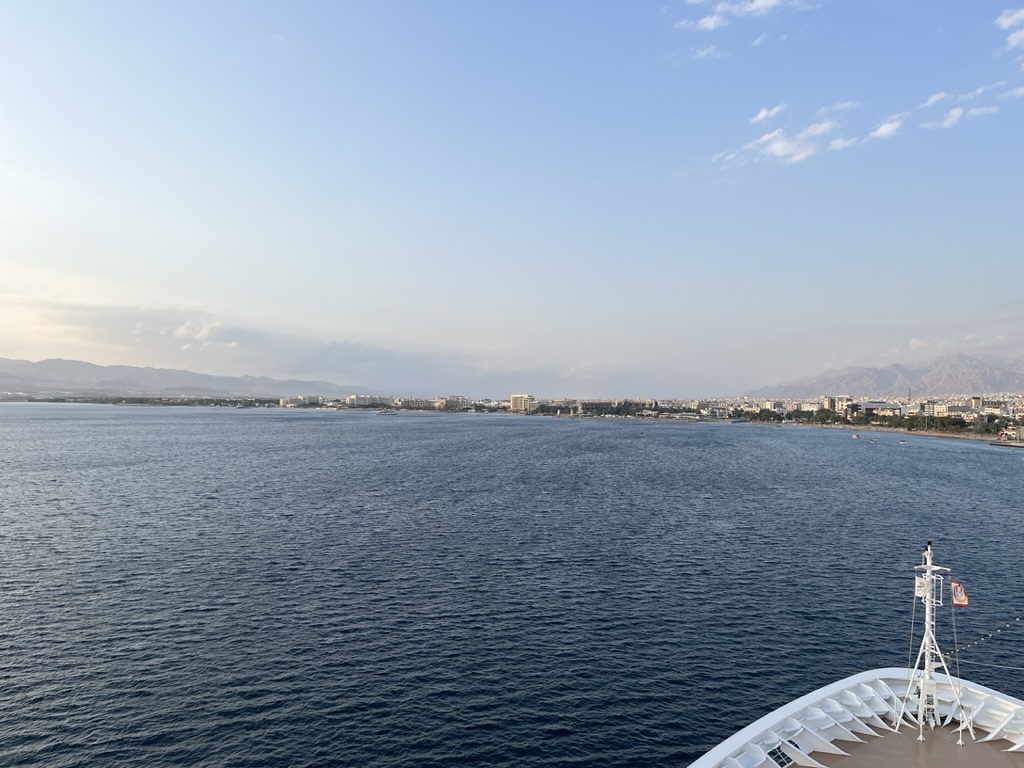
This is significant for a couple of reasons. We are at the head of the Gulf of Aqaba:
The left side of the city ahead is Eilat, Israel.
The right side of the city ahead is Aqaba, Jordan.
There’s a national border there somewhere. I’m sure they know where it is, but it’s pretty hard to see.
The other important feature are the hills in the distance. You see hills on the left and hills on the right, but a valley between them. This valley is part of the 6,000 mile long “Great Rift Valley” that extends from Mozambique at the southern tip of Africa, runs north through eastern Africa, up through the middle of the Red Sea, forms the Gulf of Aqaba, extends on up through the Dead Sea, up the Jordan River and beyond the Sea of Galilee, ending finally in northern Syria. This is a land of twisted mountains, active volcanoes, and earthquakes.
Pretty cool to see this evidence of such a major geologic feature.
After marveling at that, it was time for a quick shower before a 12/23 score at BBB. We agreed the low score was because Cheryl was getting her ankle massaged instead of lending us her brain cells.
Bedtime was early tonight.
The good news is that we have another time change so we get an extra hour of sleep tonight.
The bad news is that we have to set our alarm a half-hour earlier for tomorrow’s mega-excursion.
Wish us luck,
R
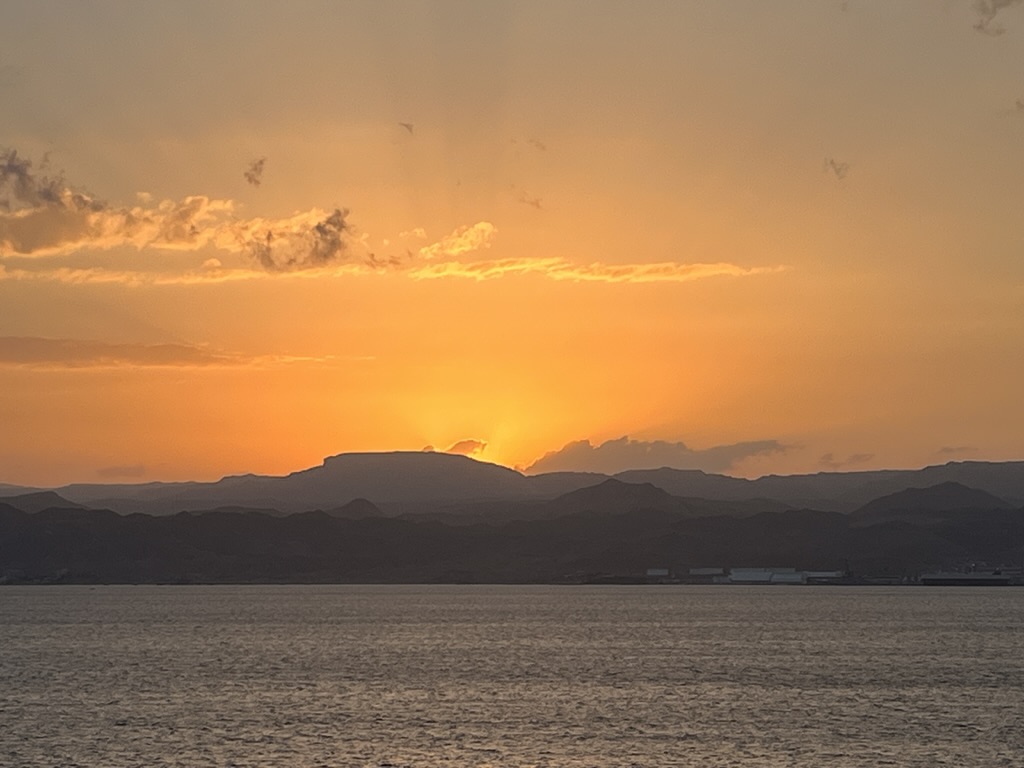
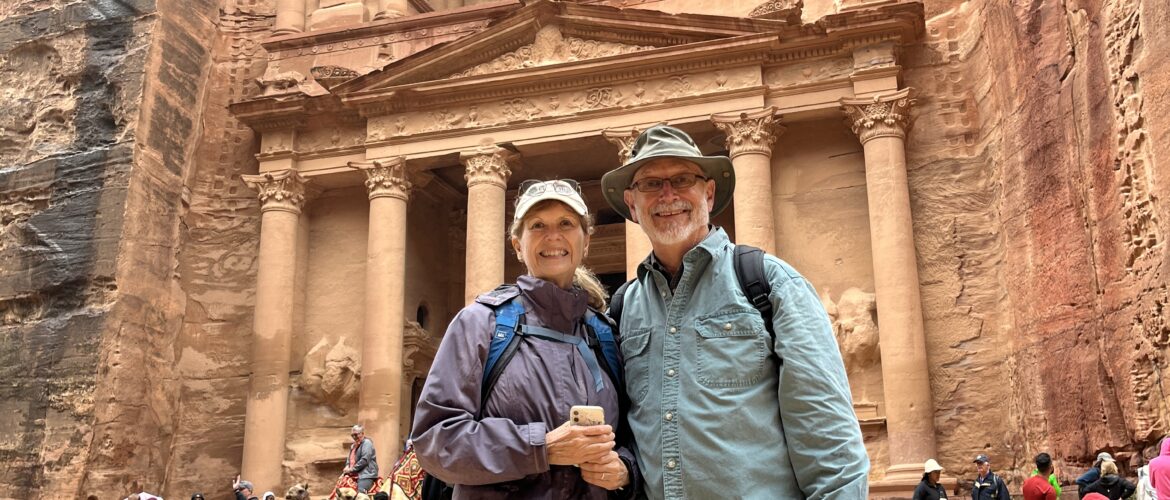
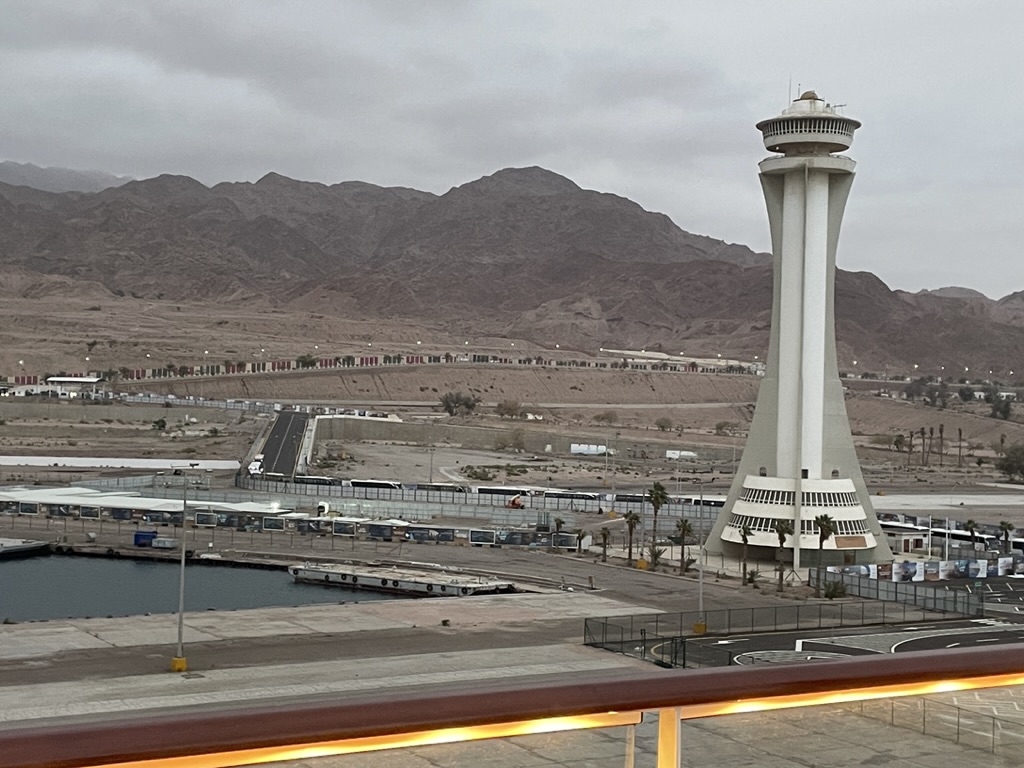
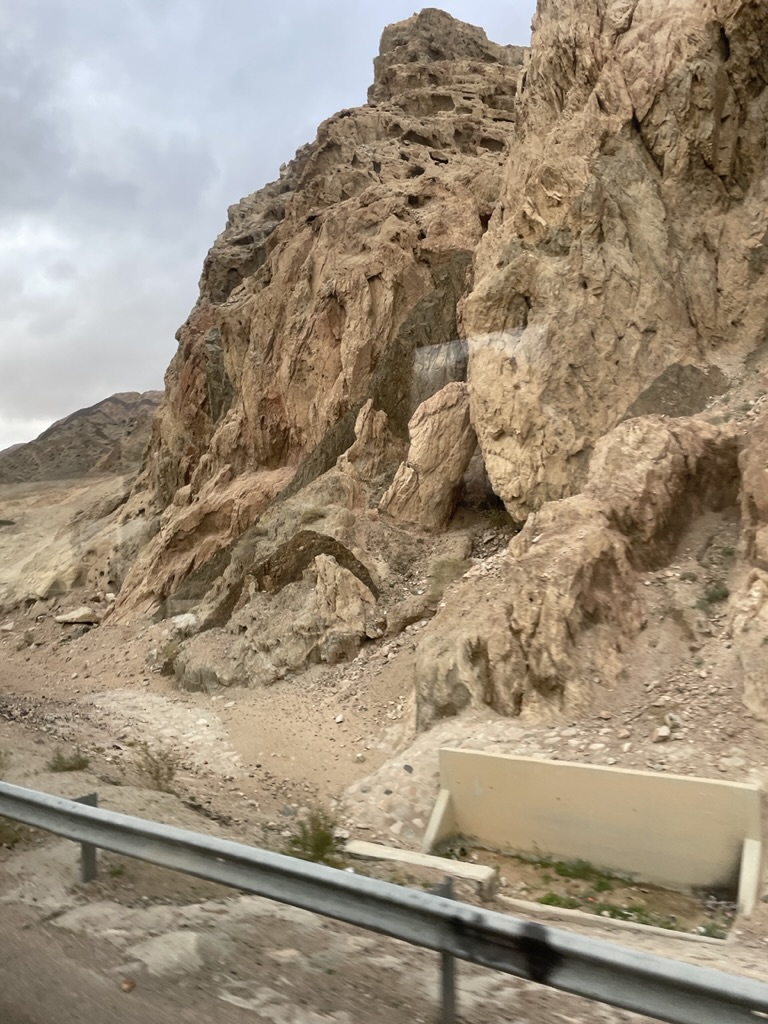
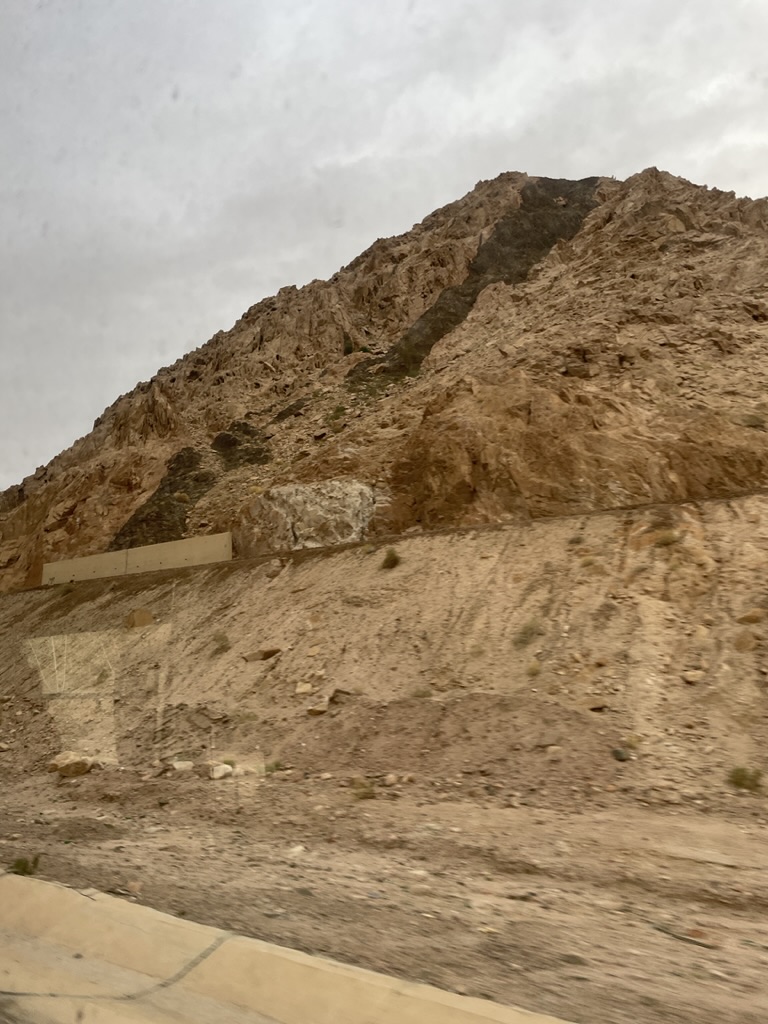
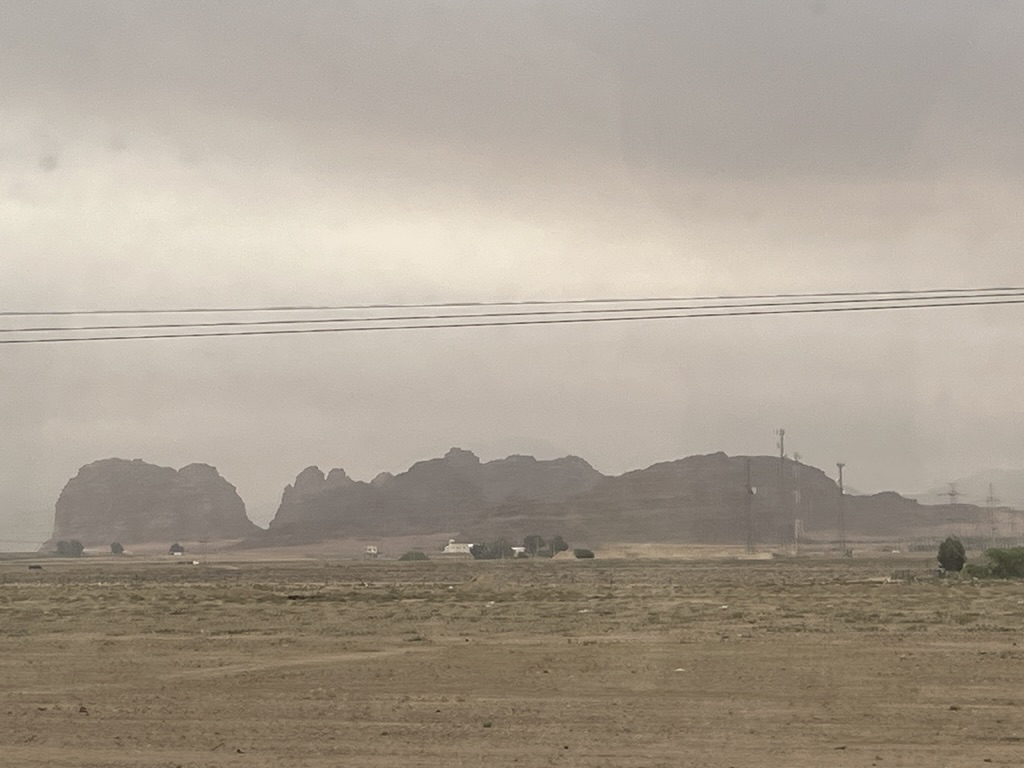
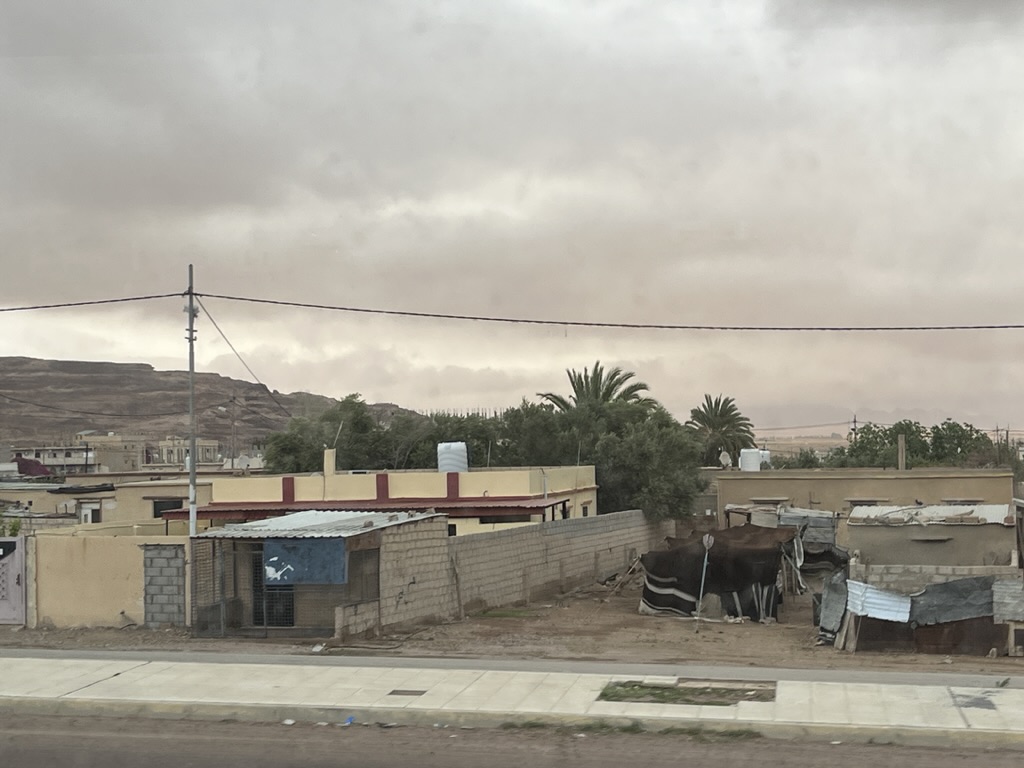
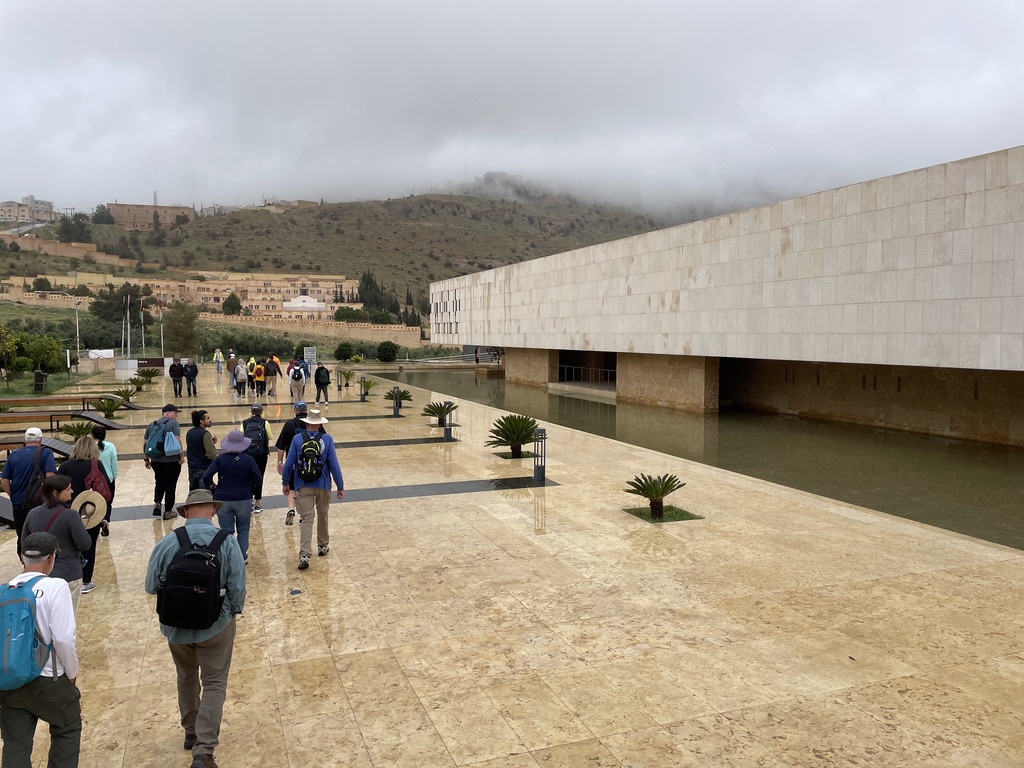
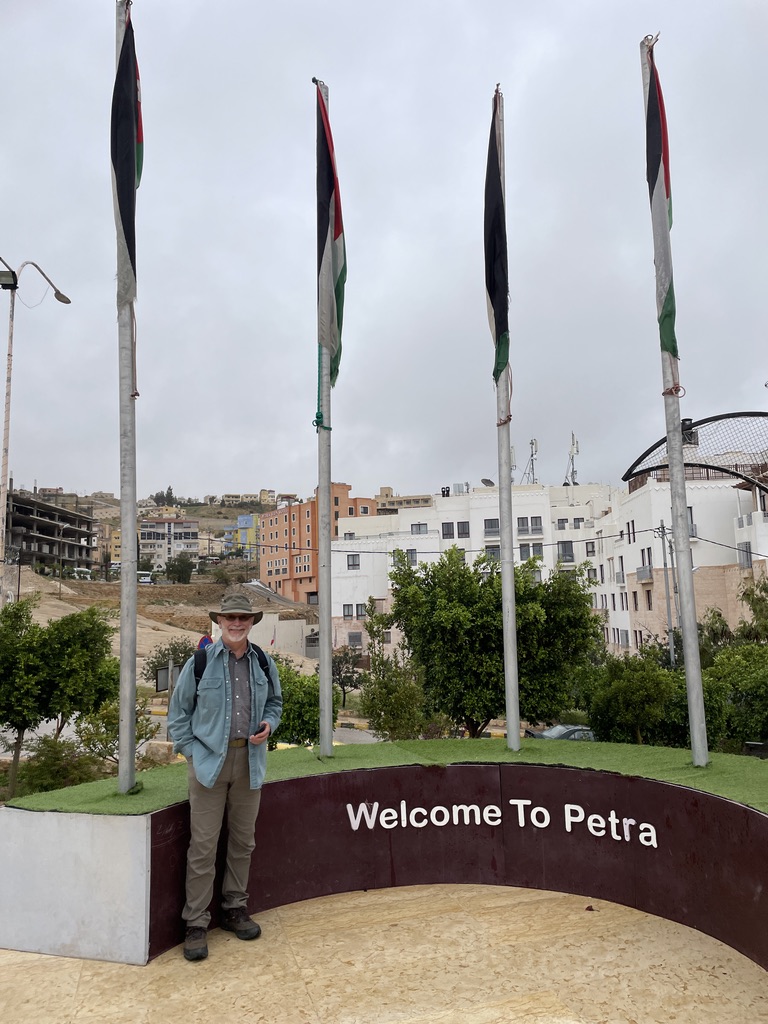
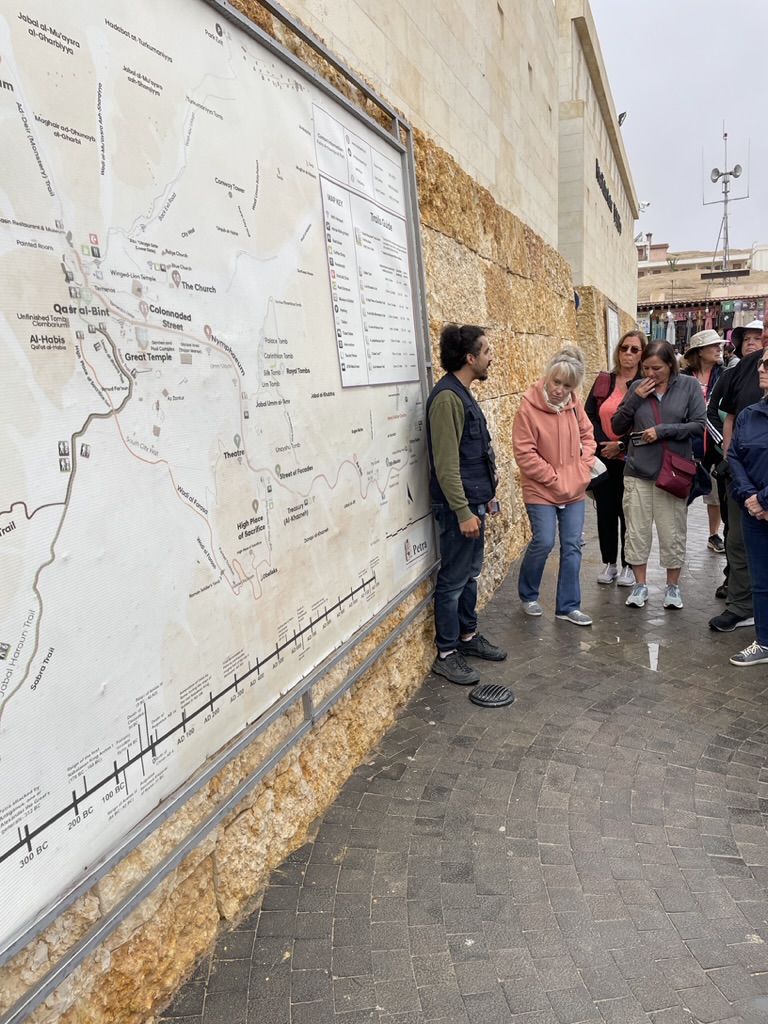
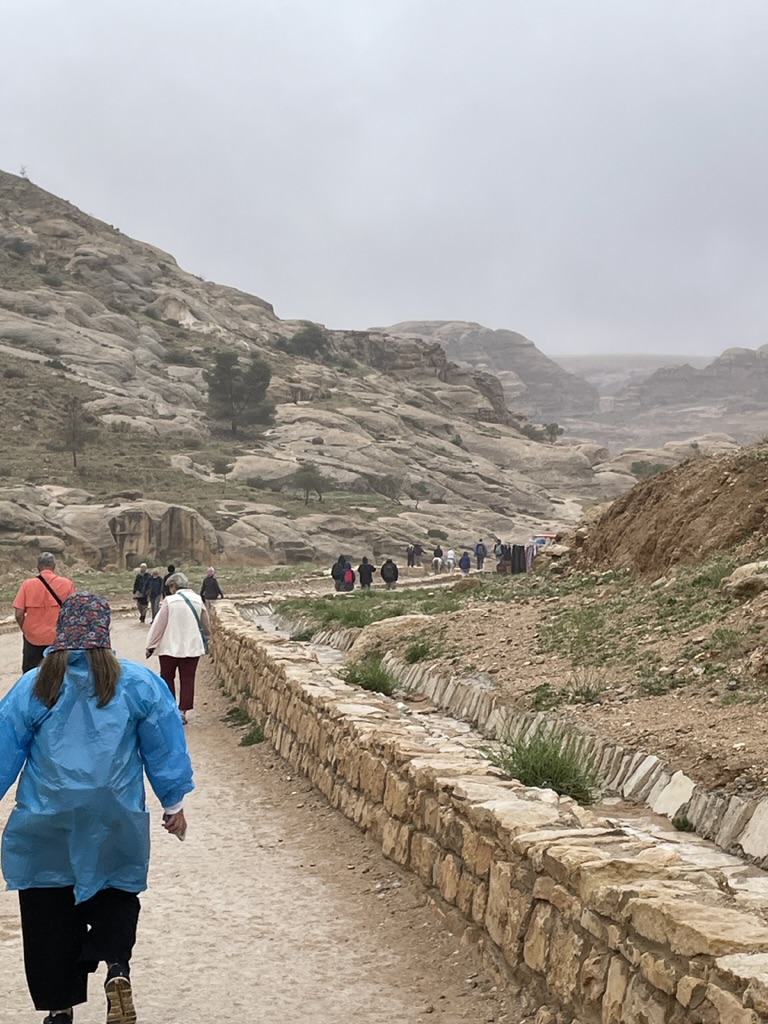
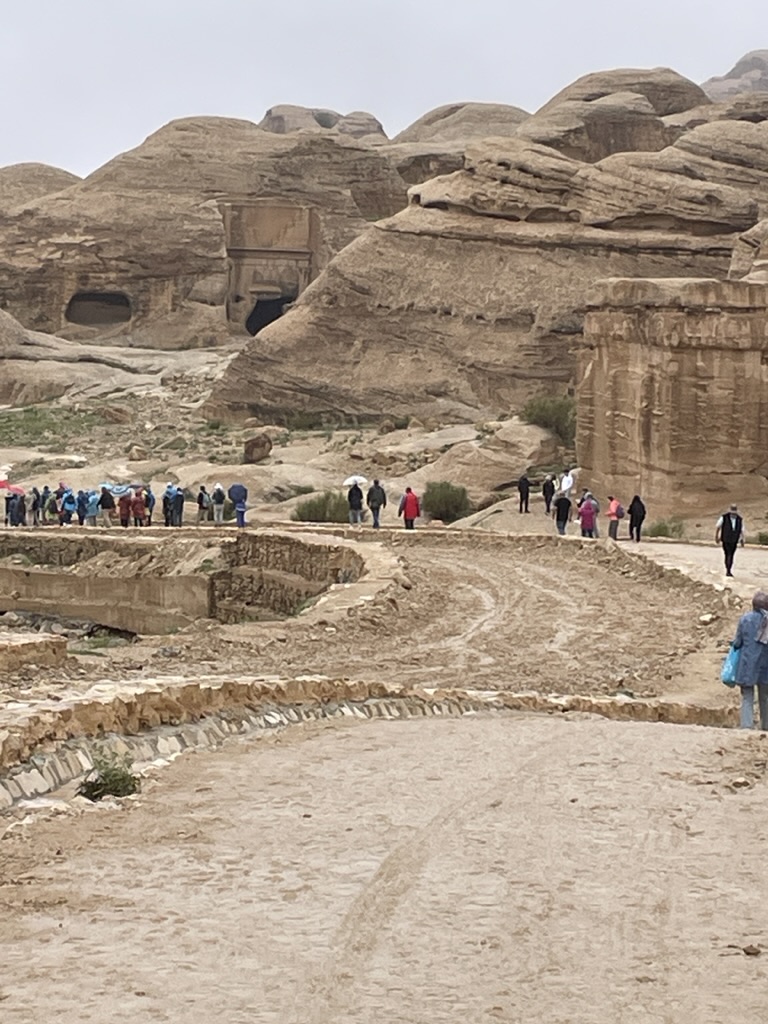
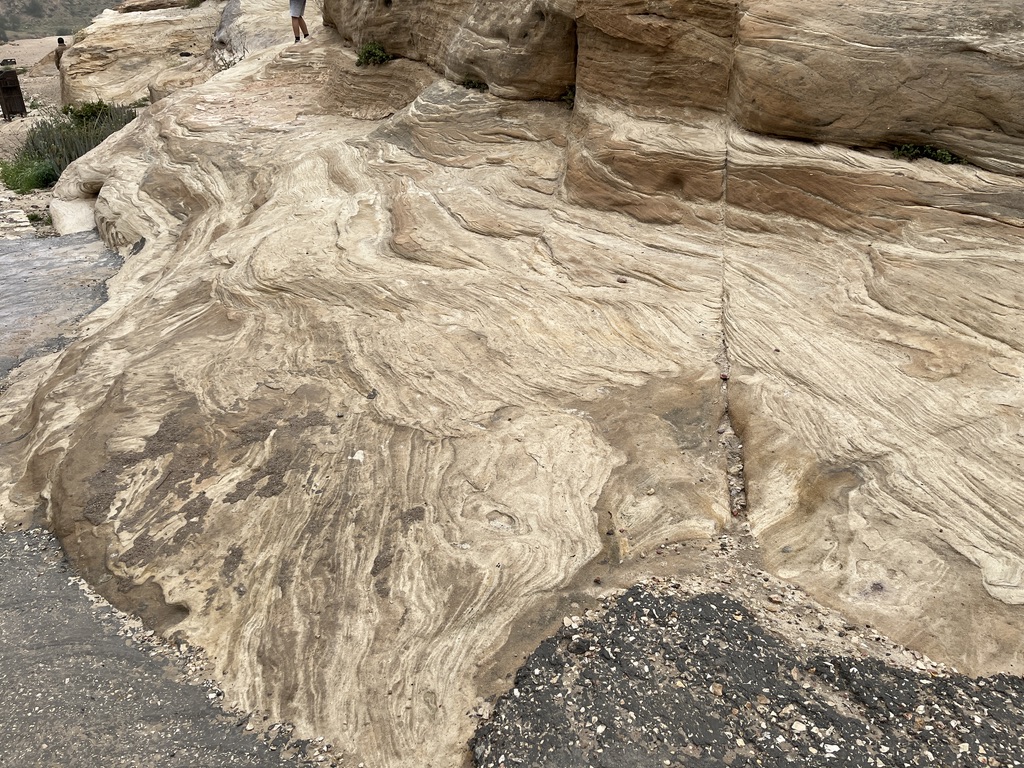
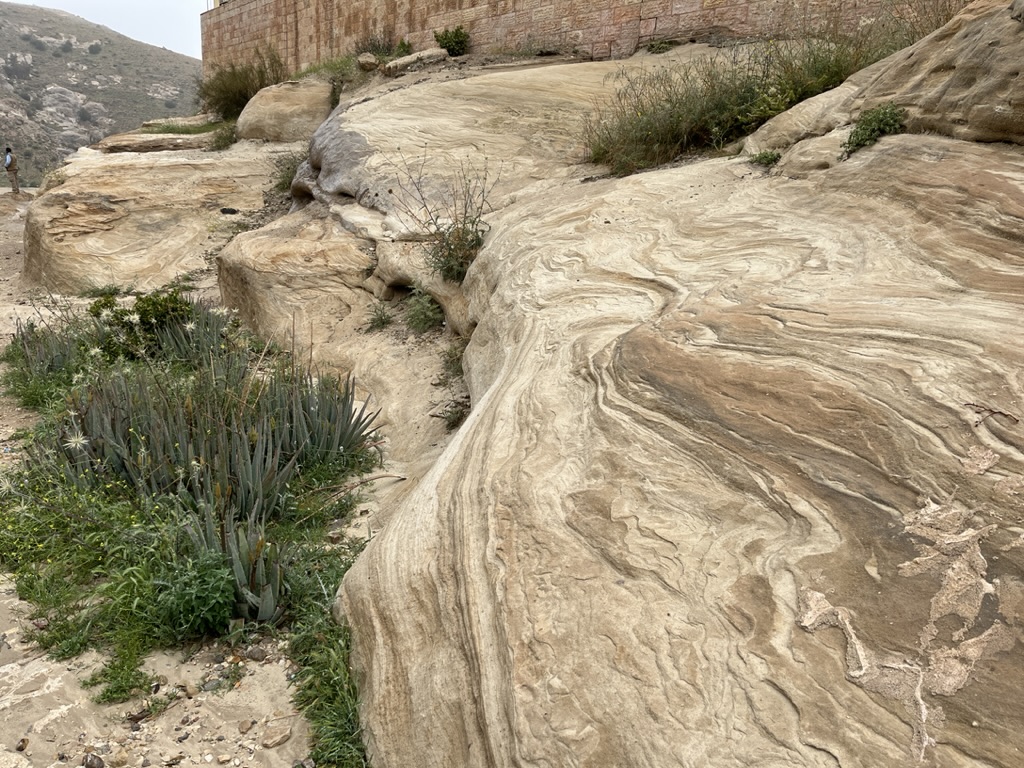
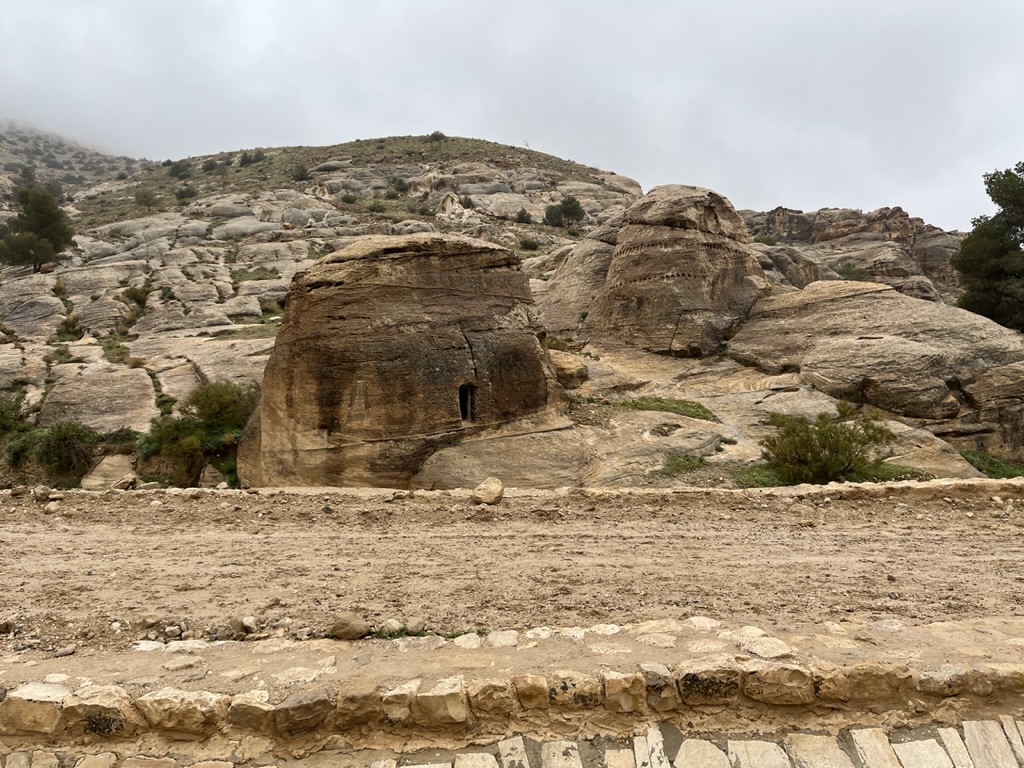
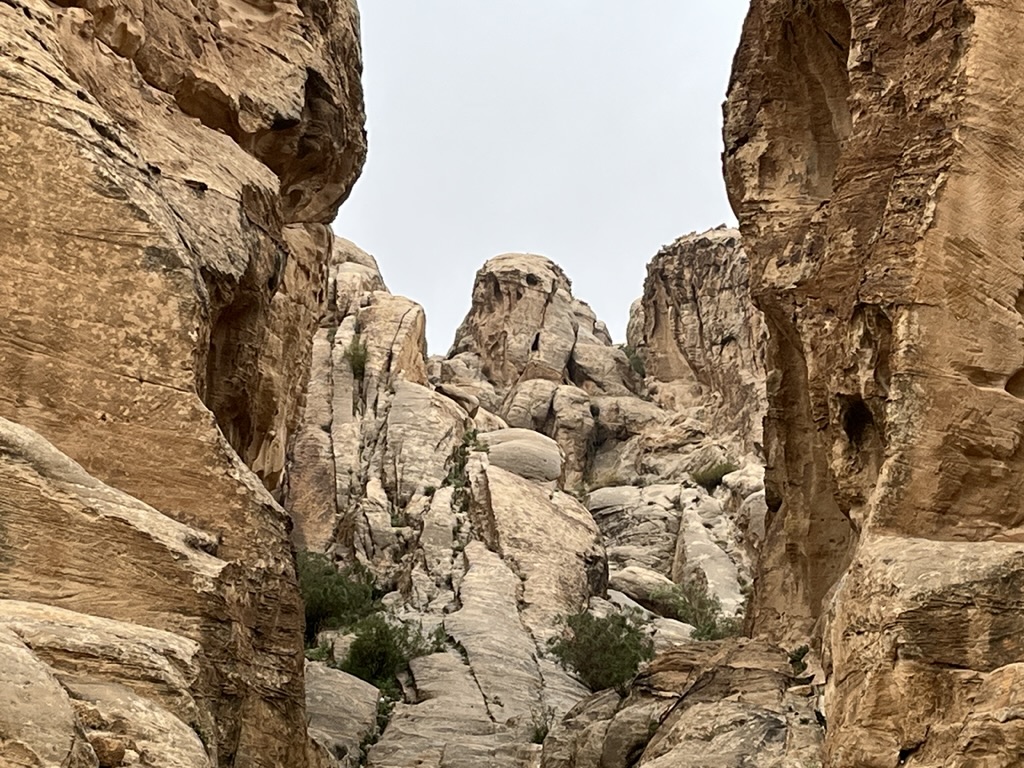
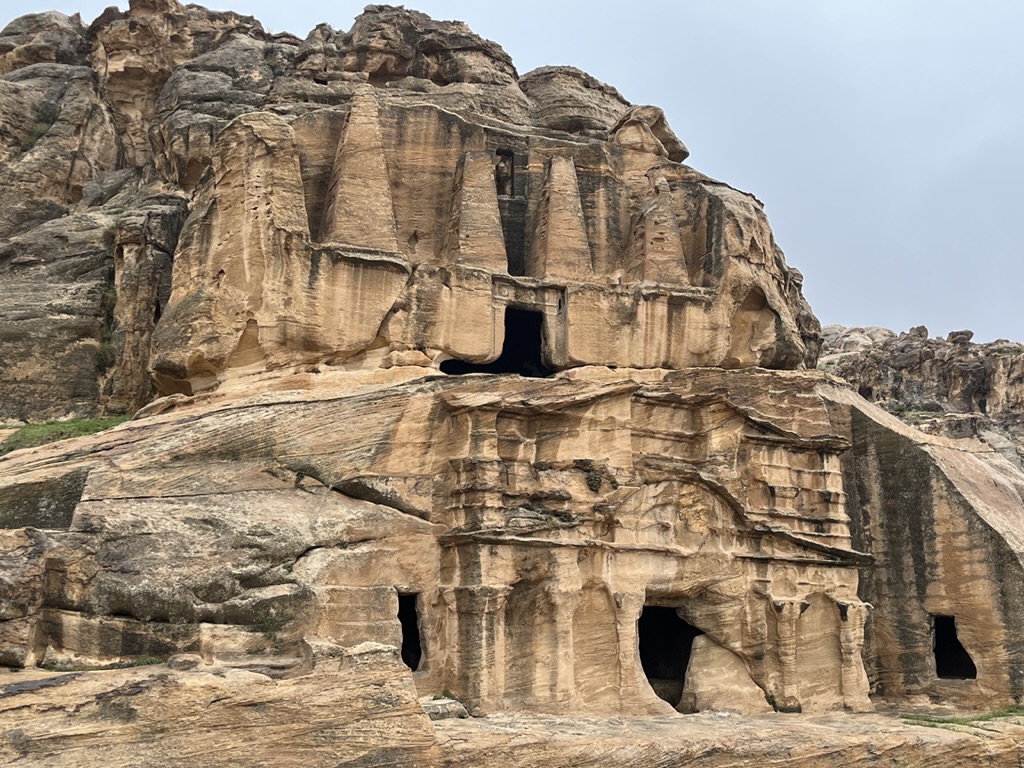
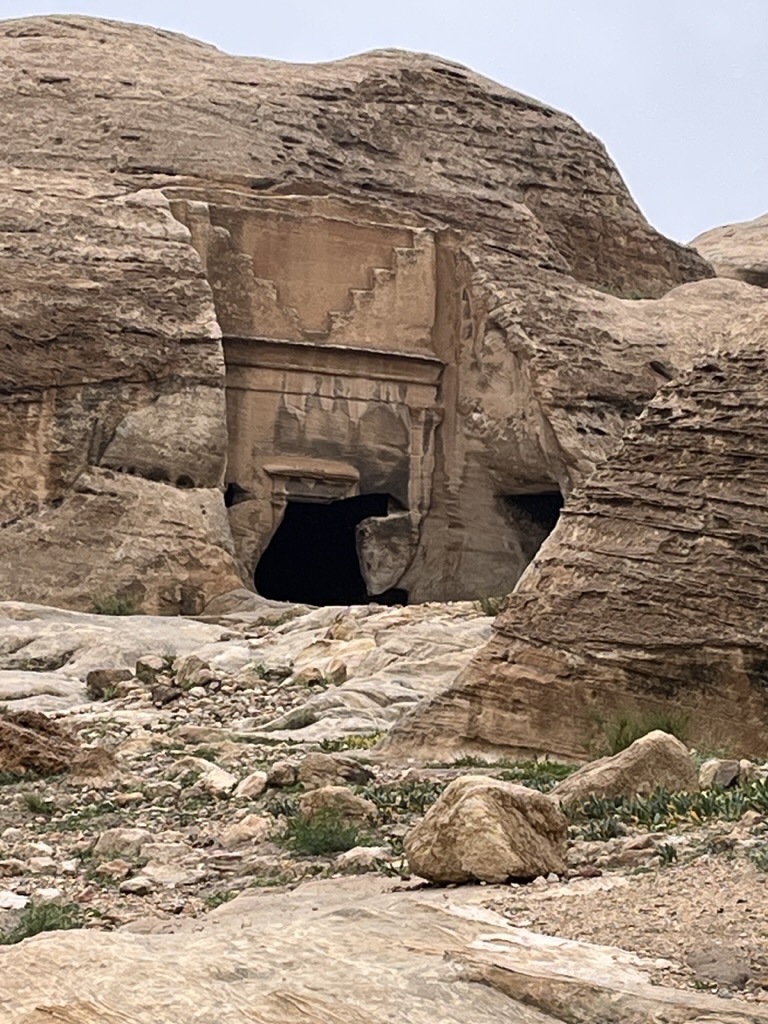
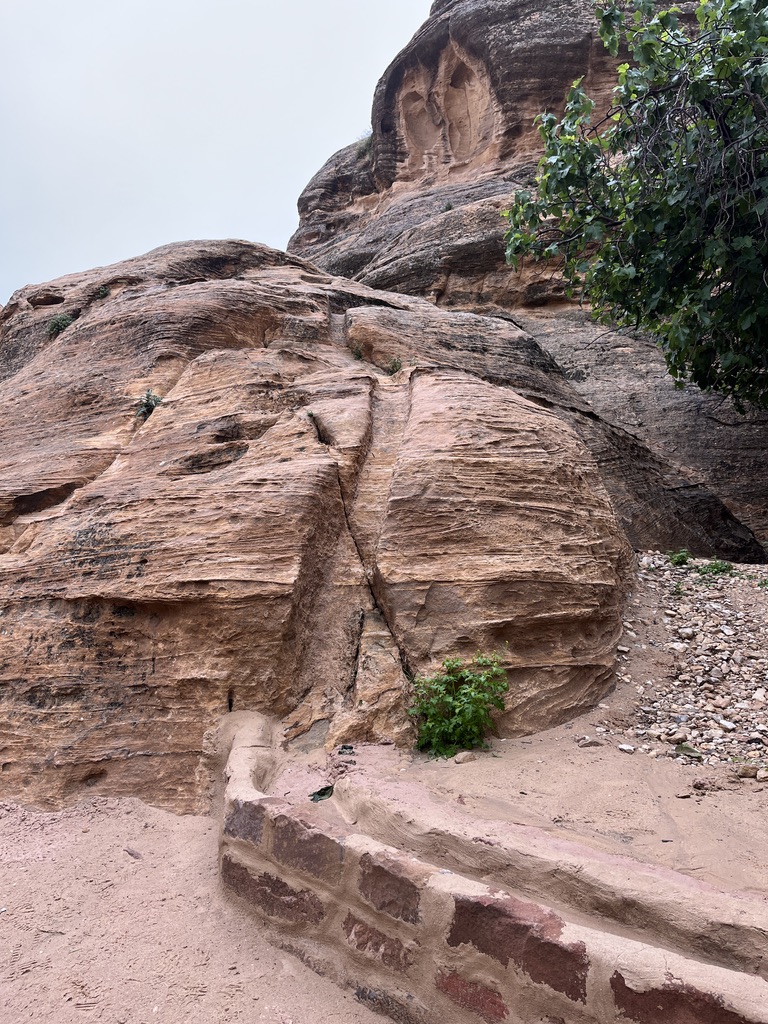
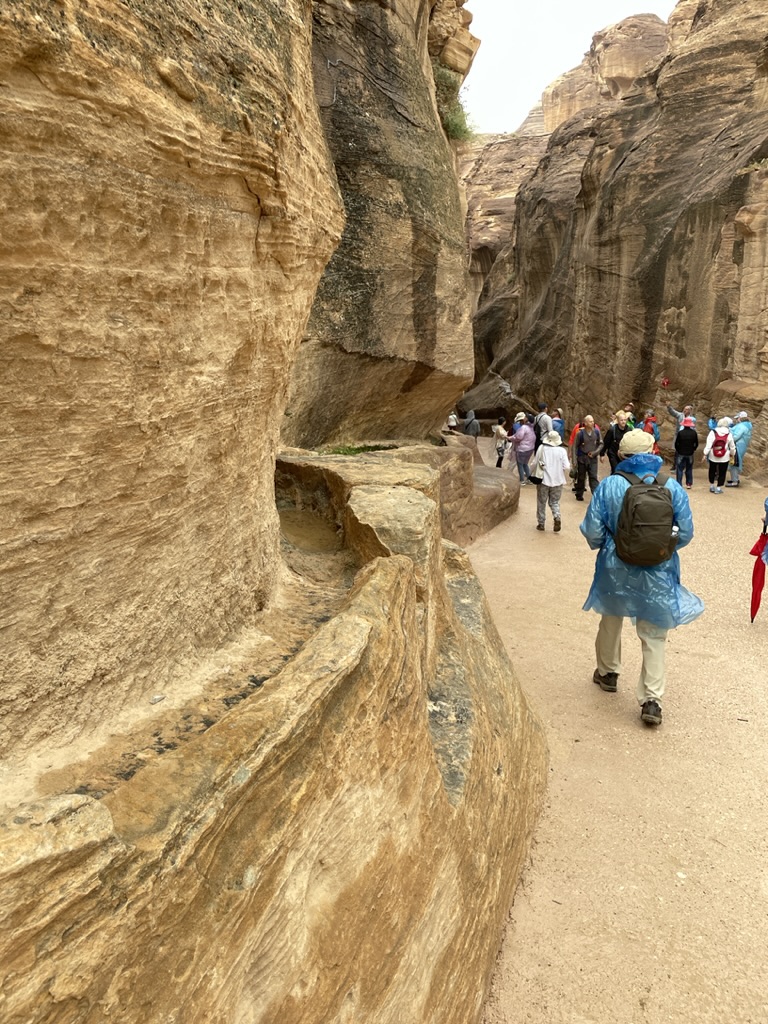
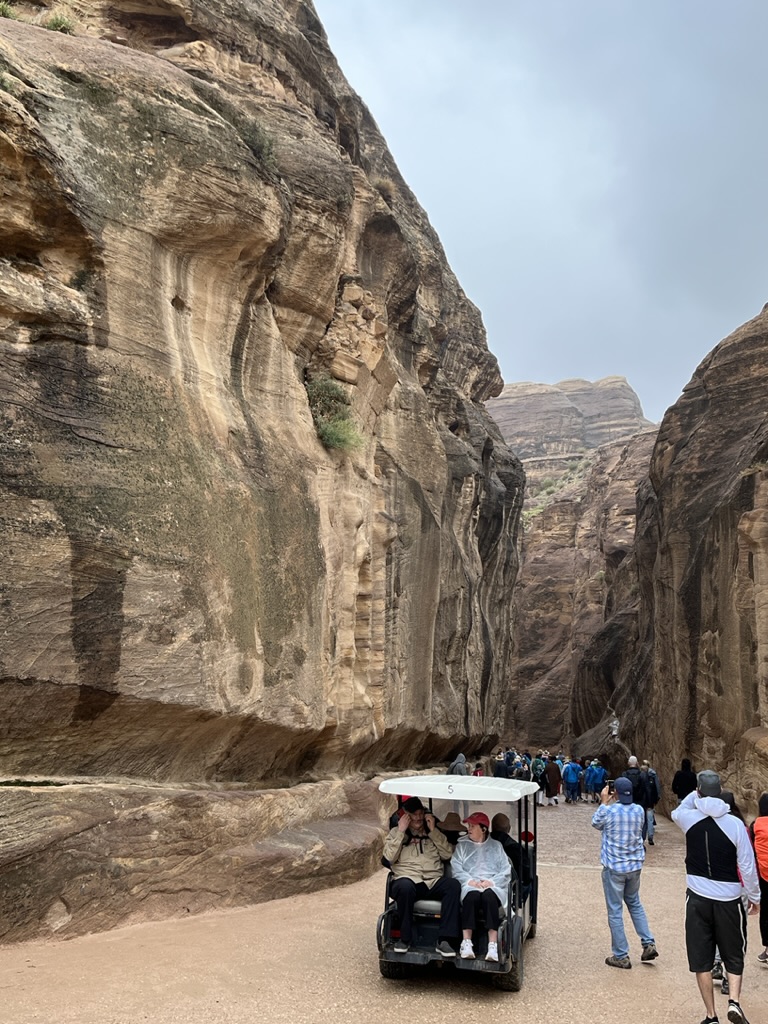
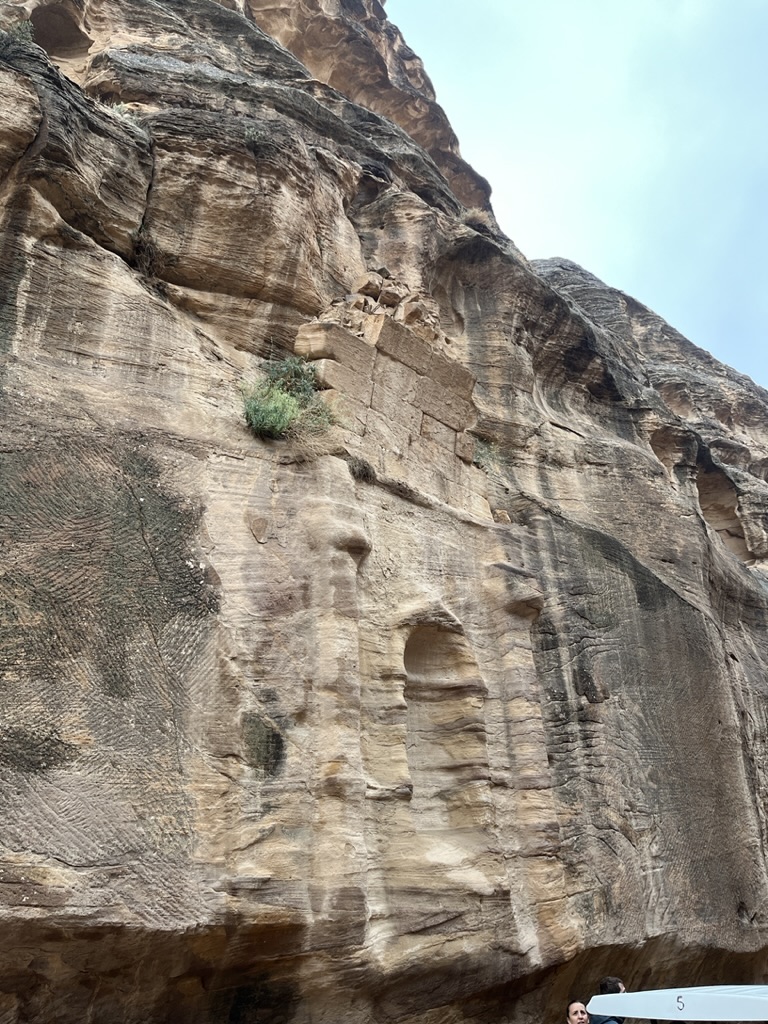
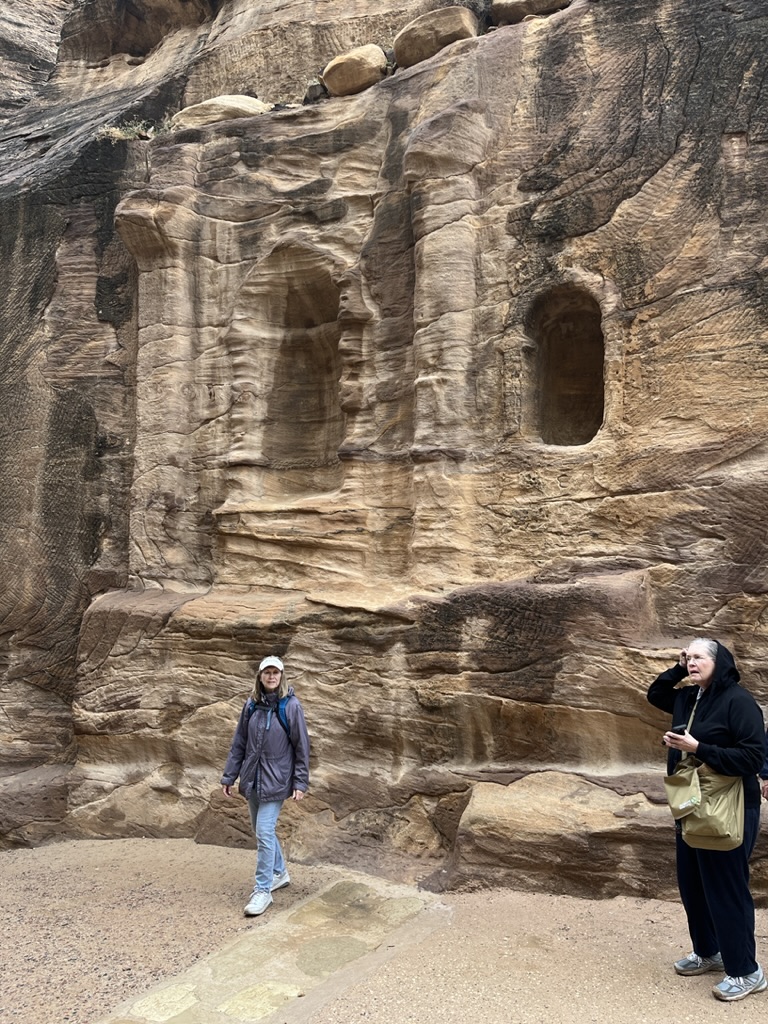
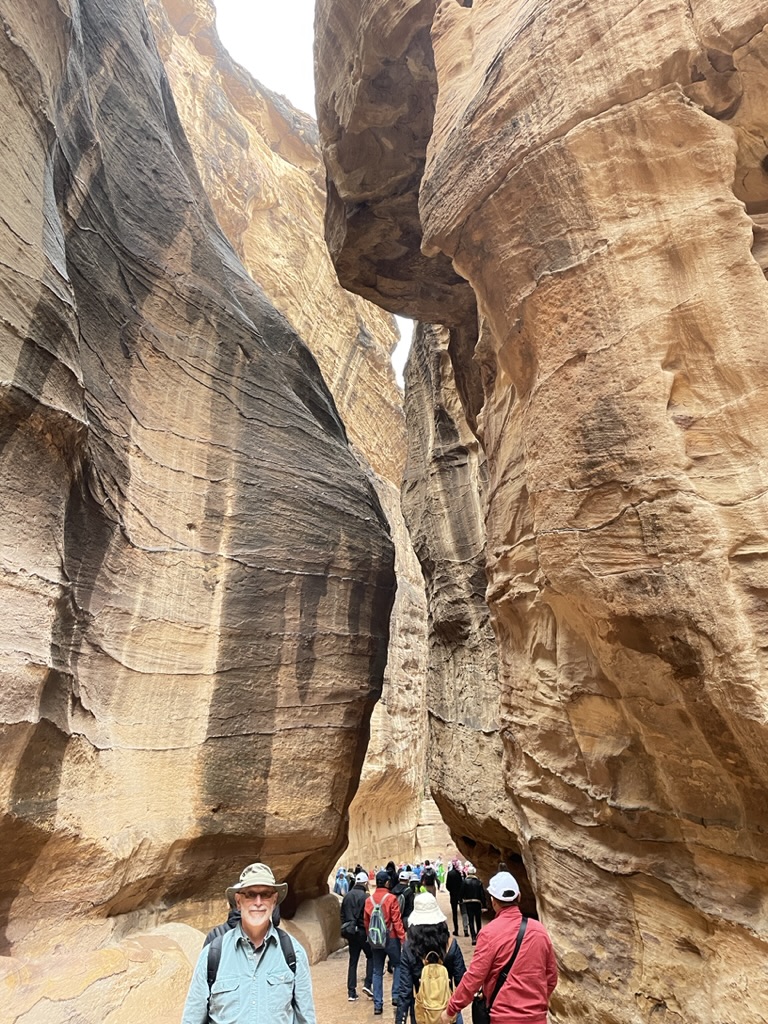
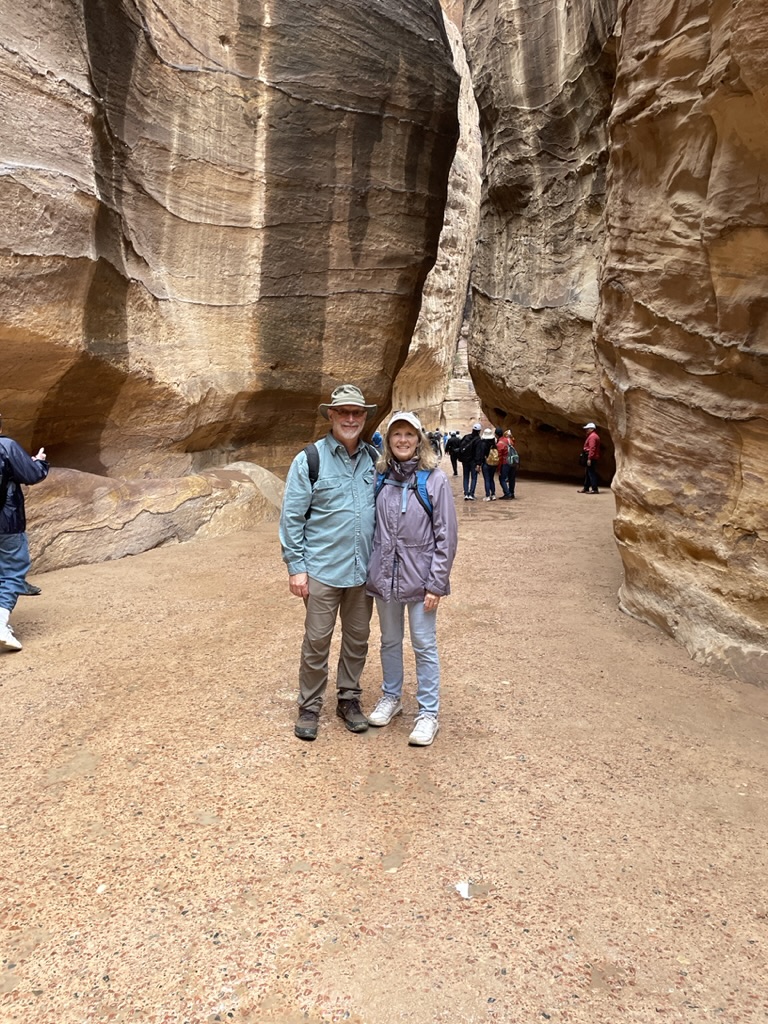
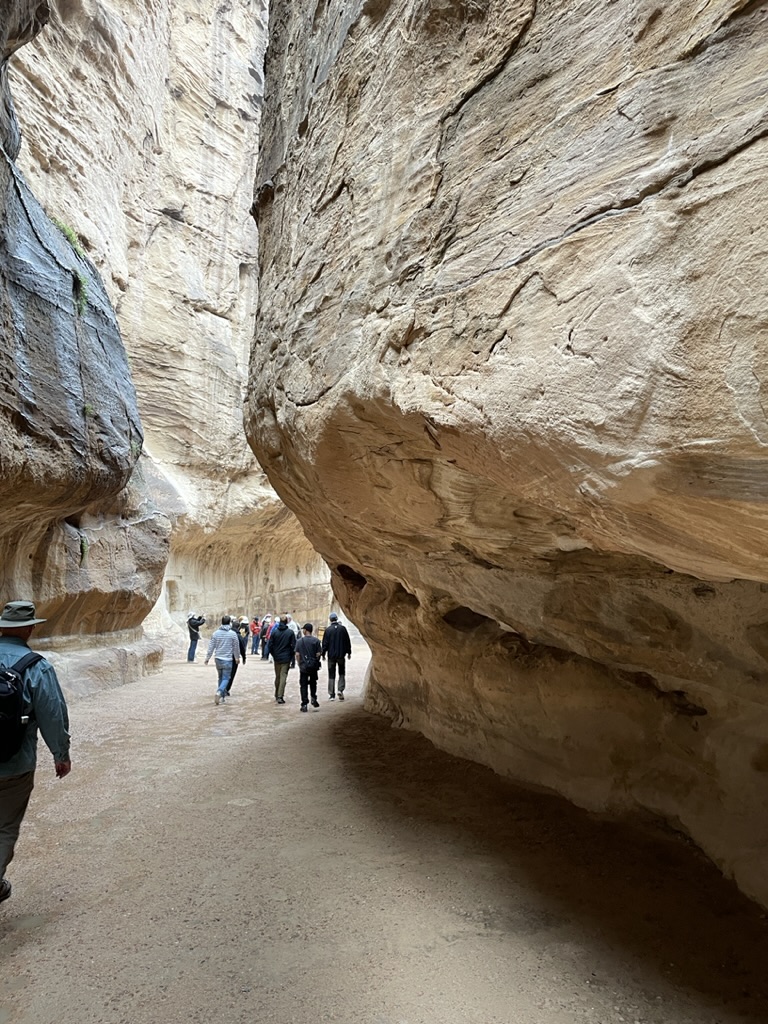
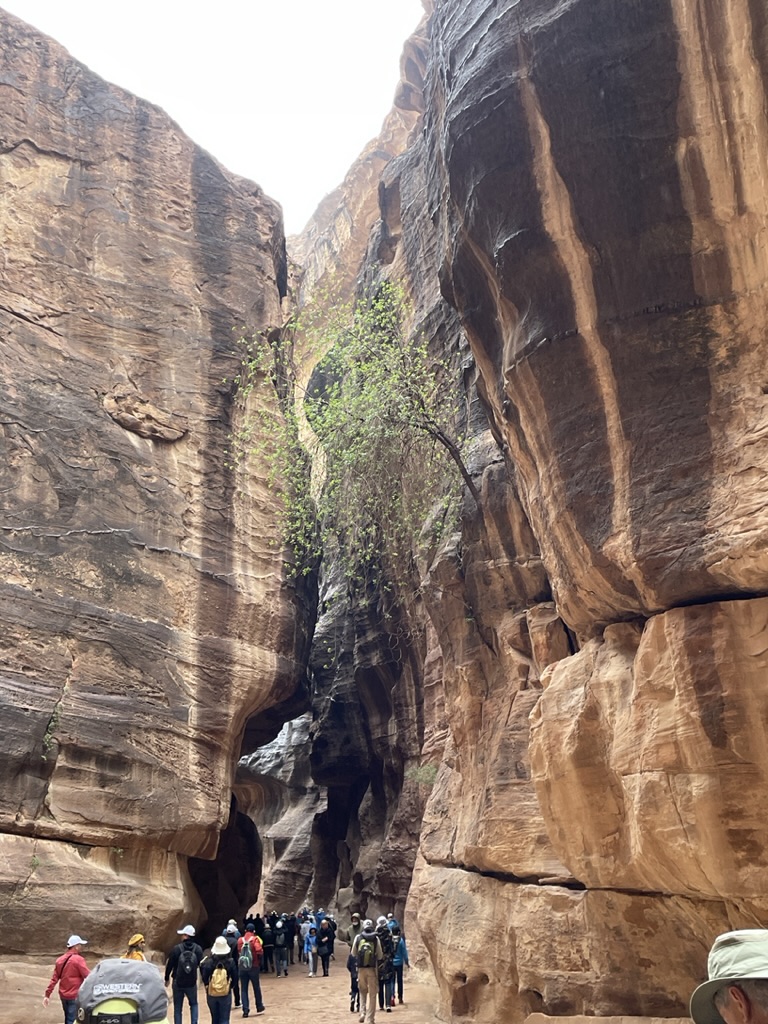
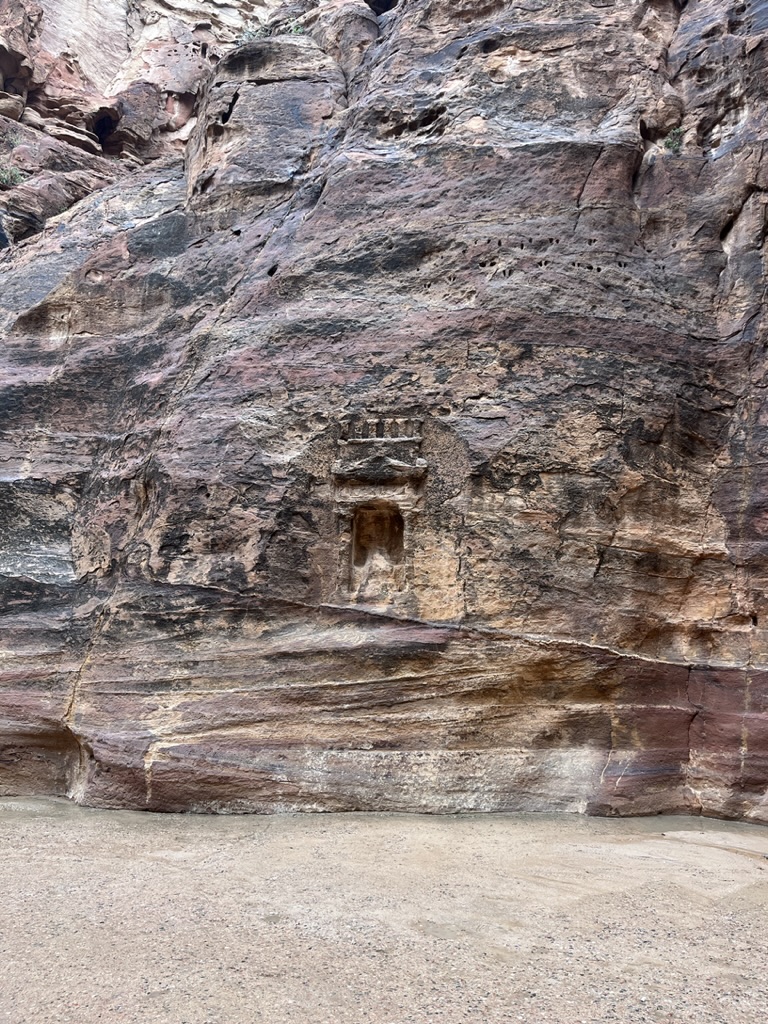
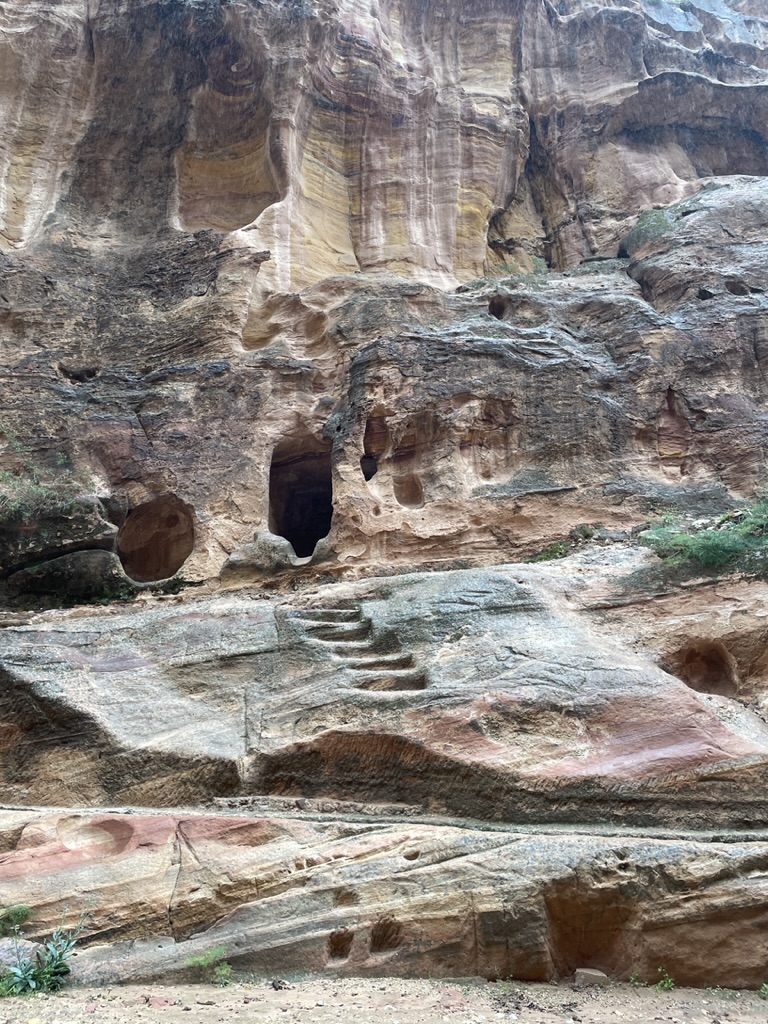
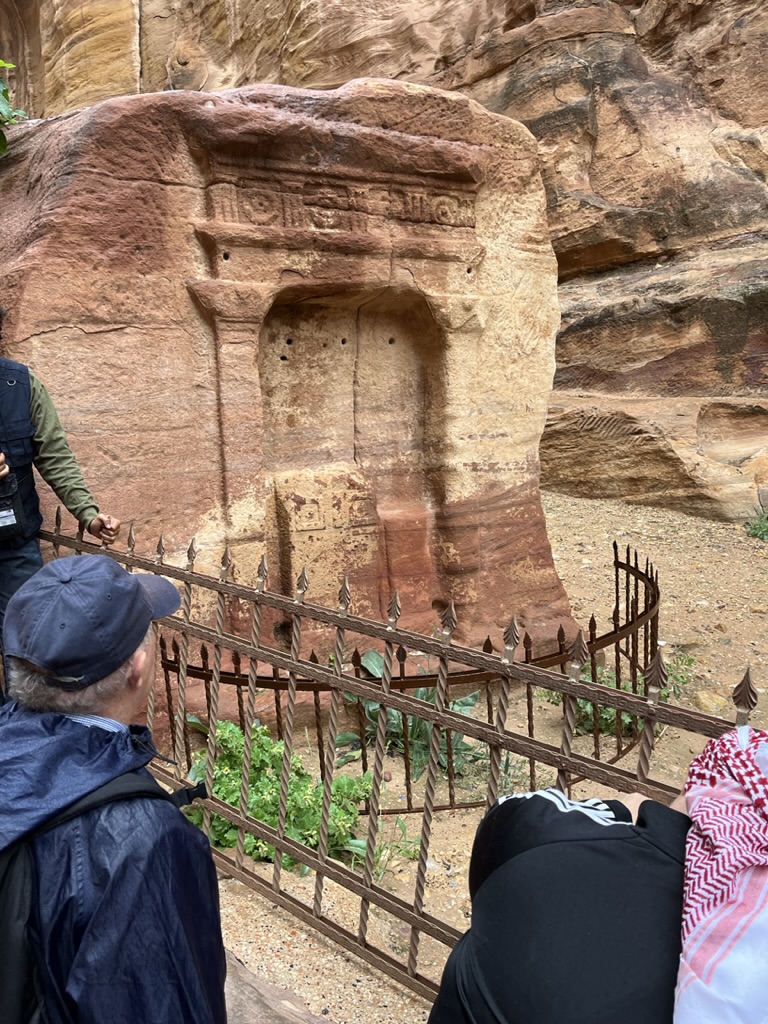
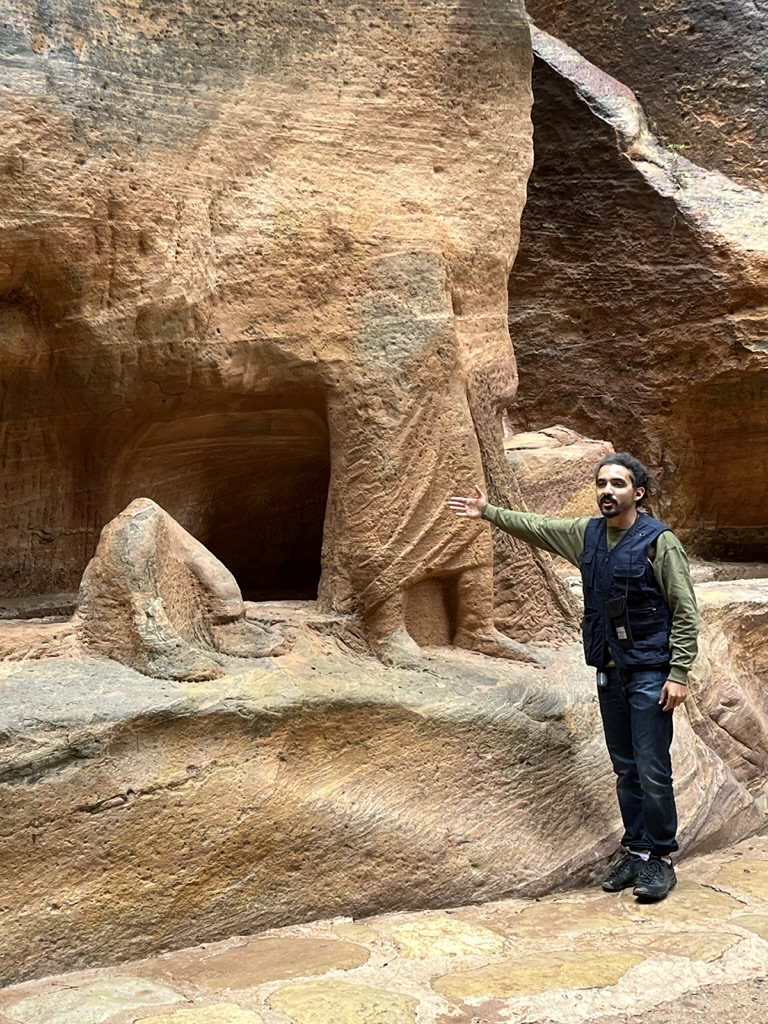
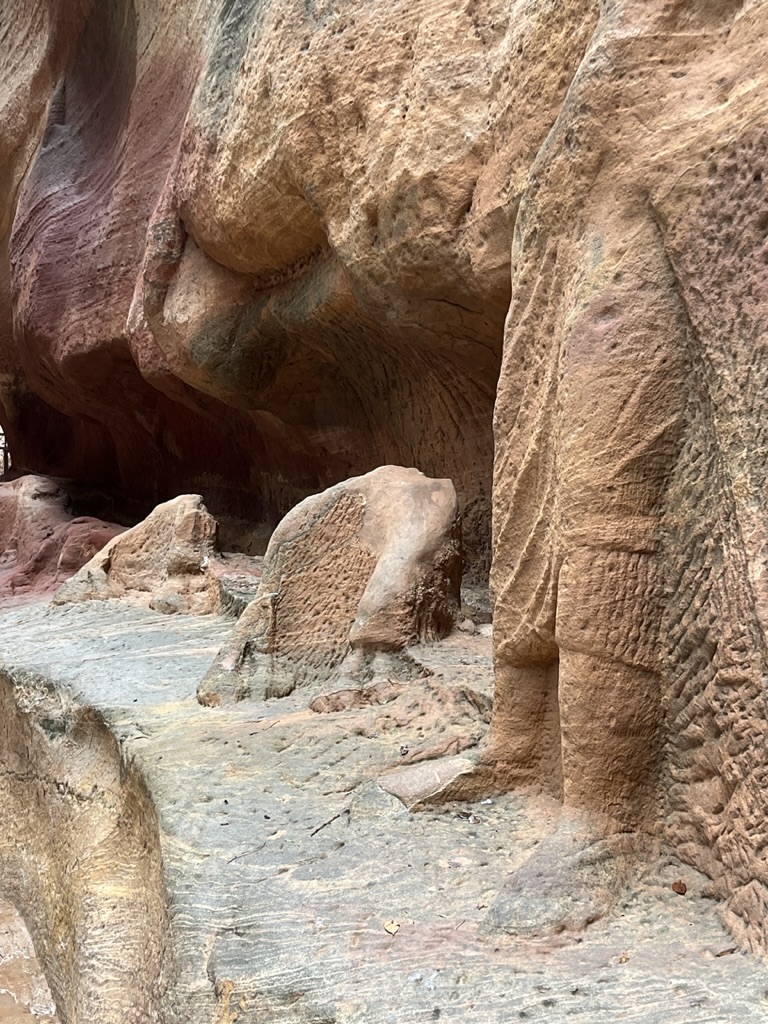
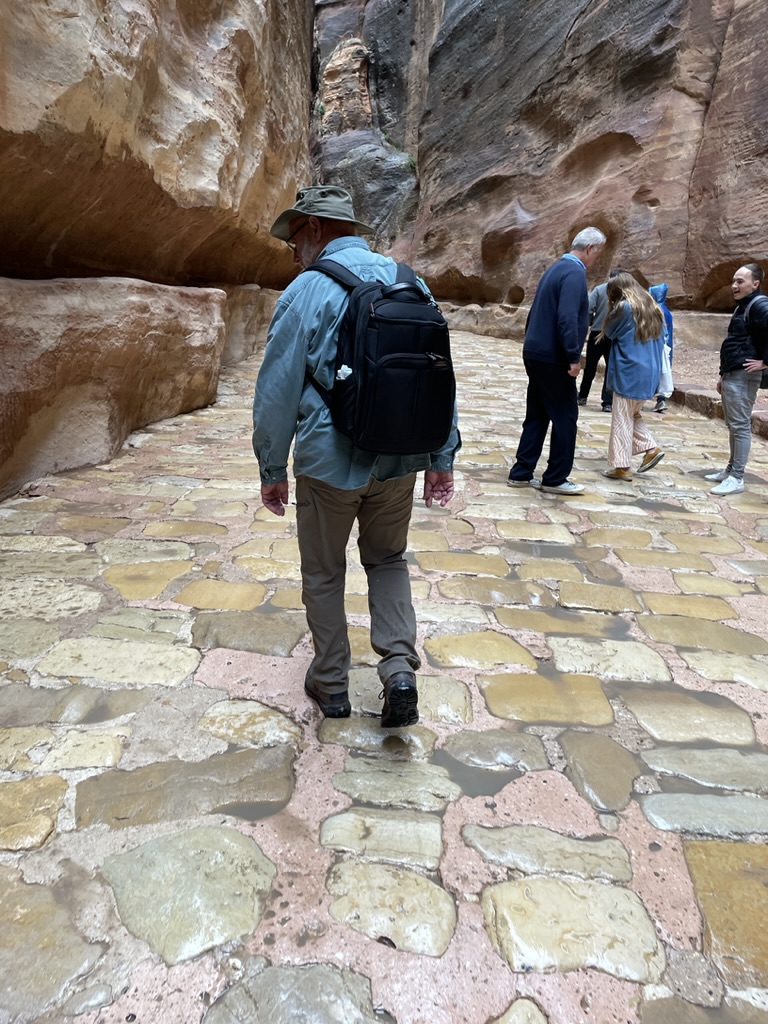
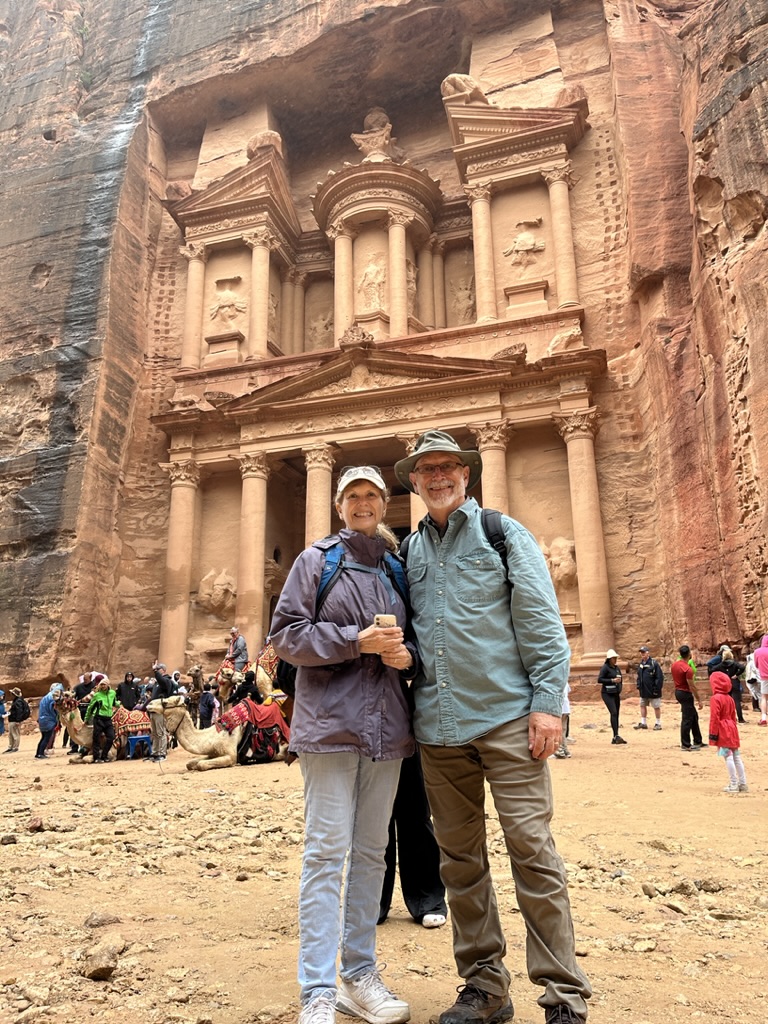
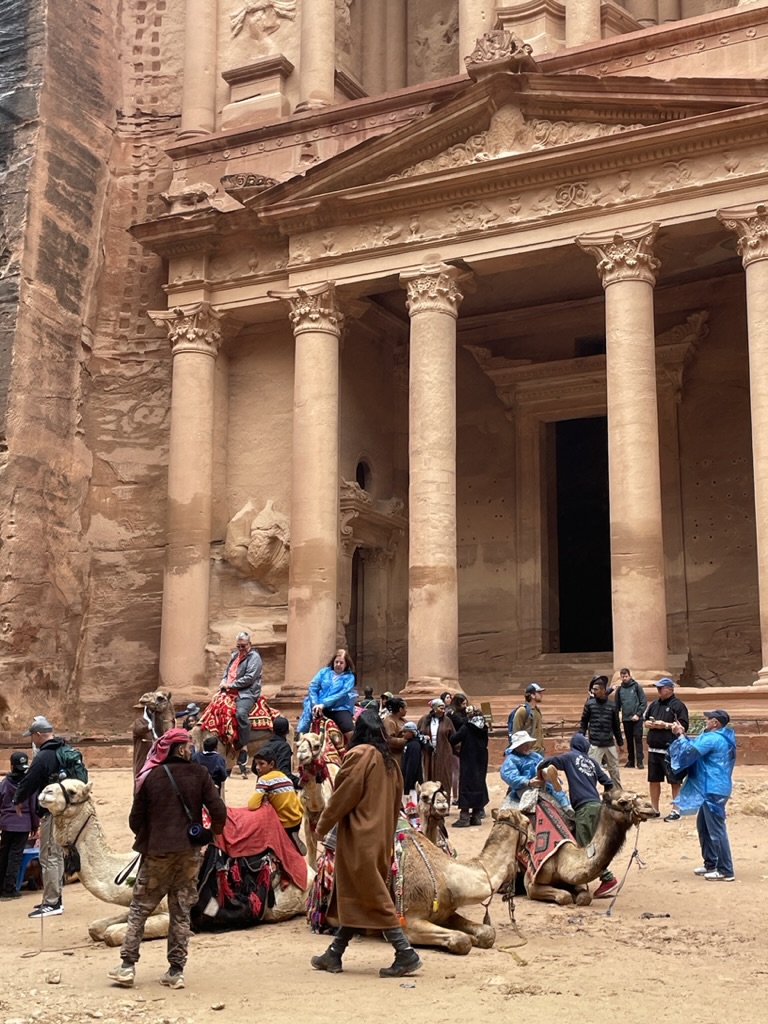
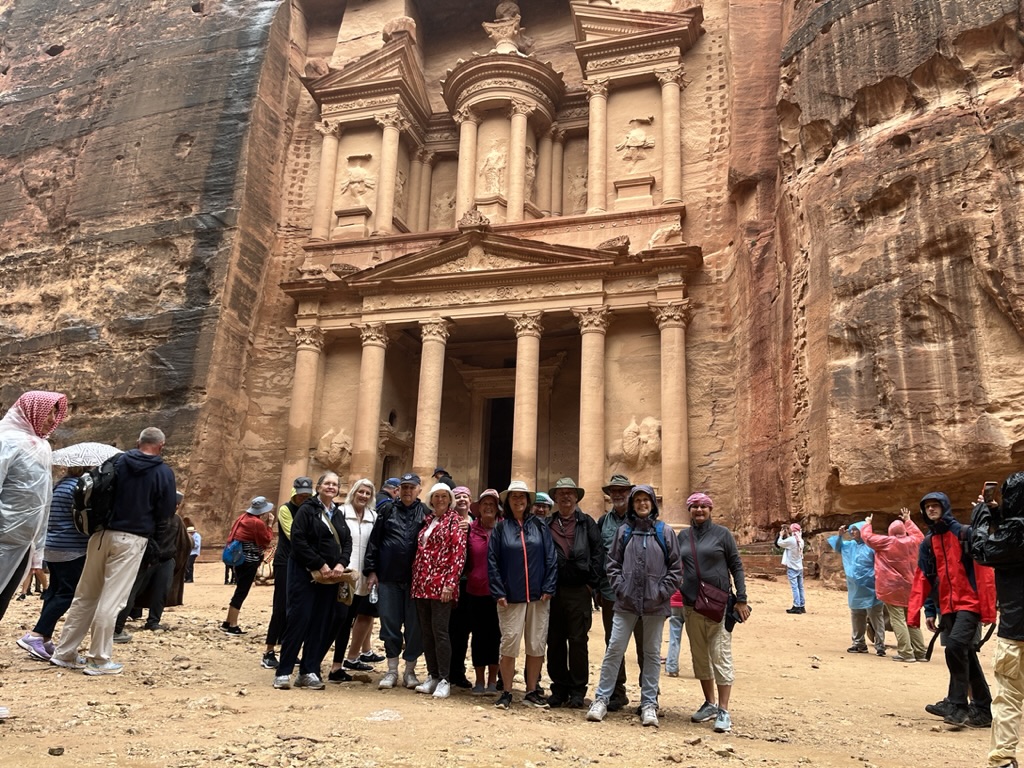
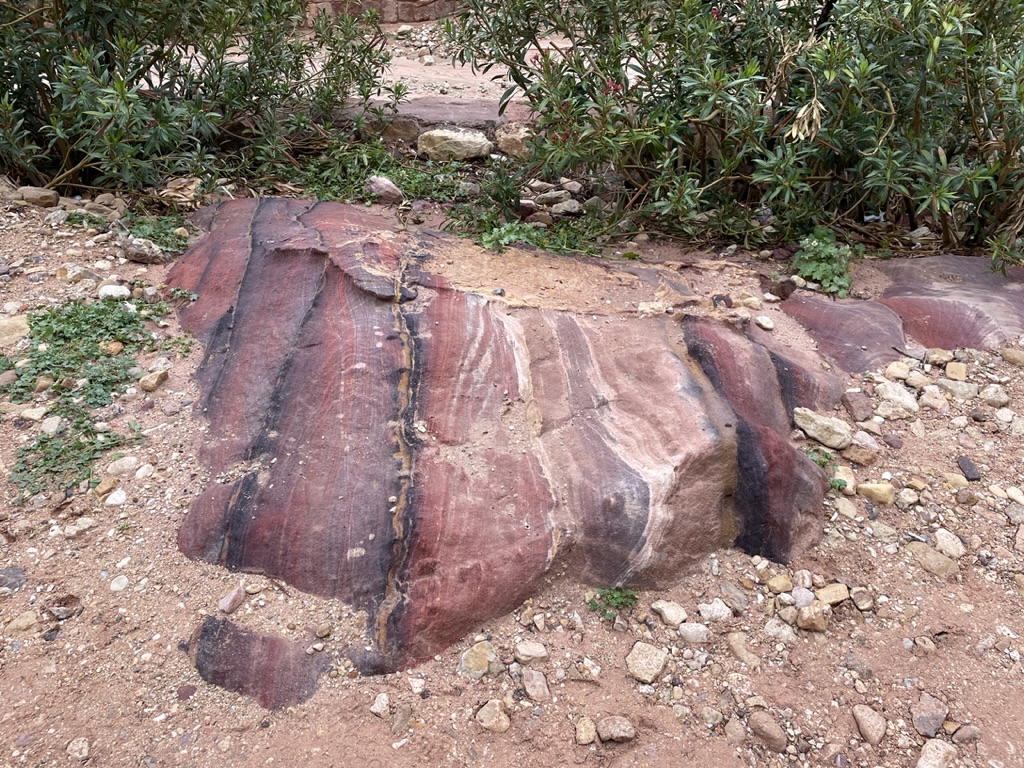
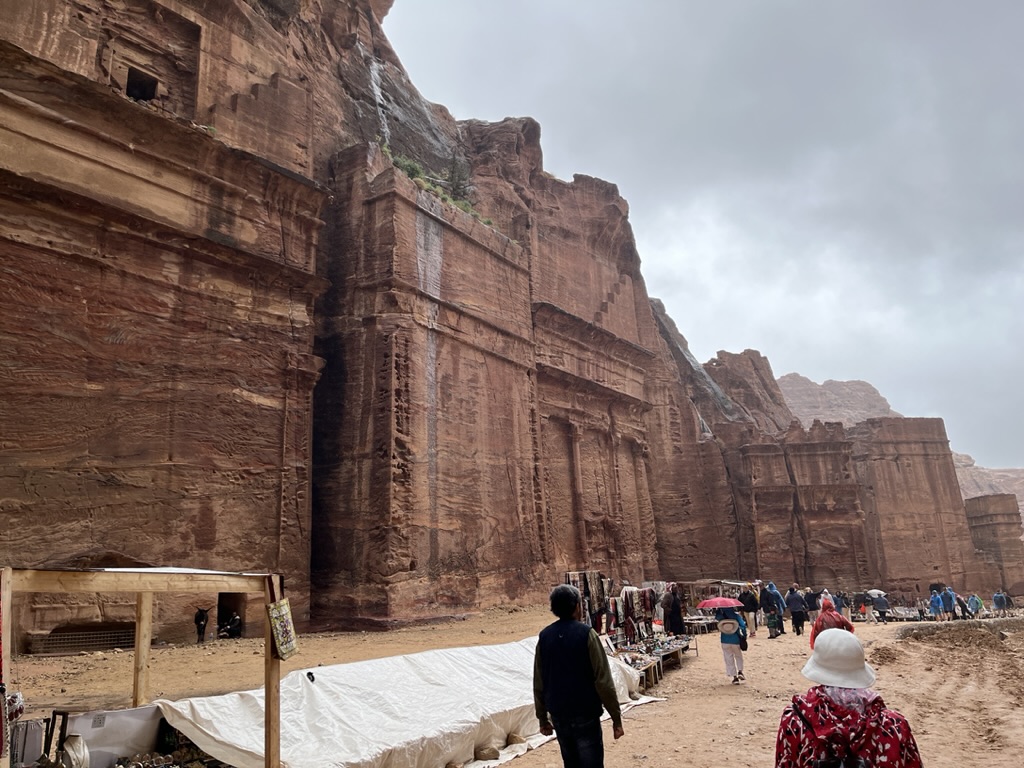
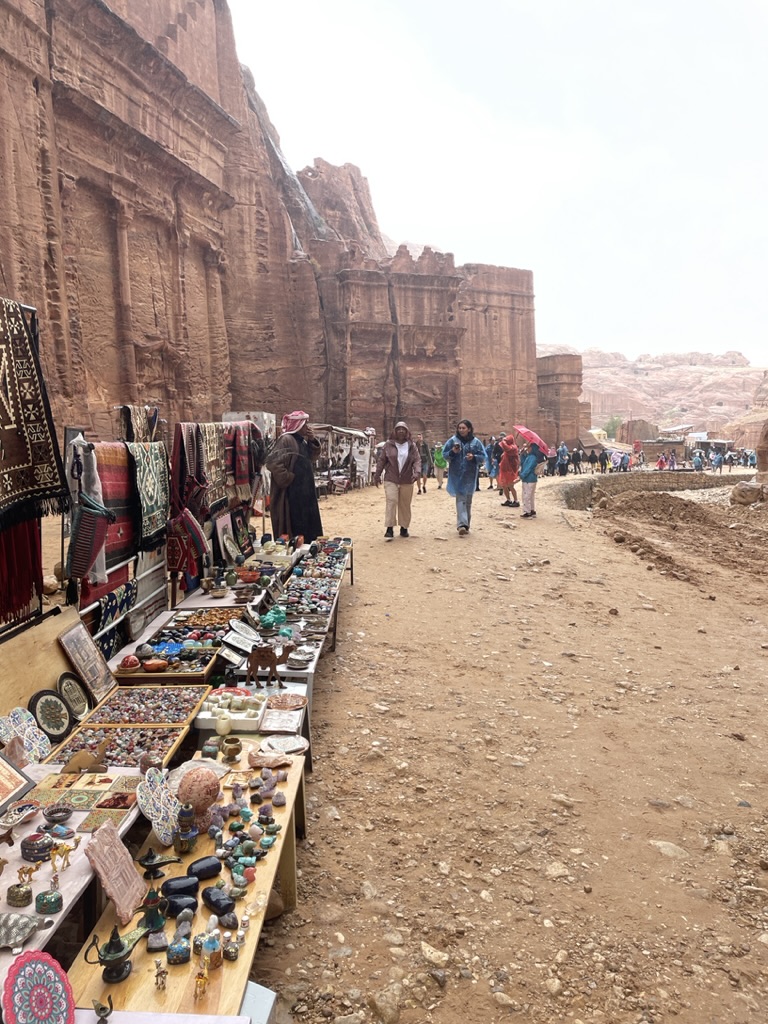
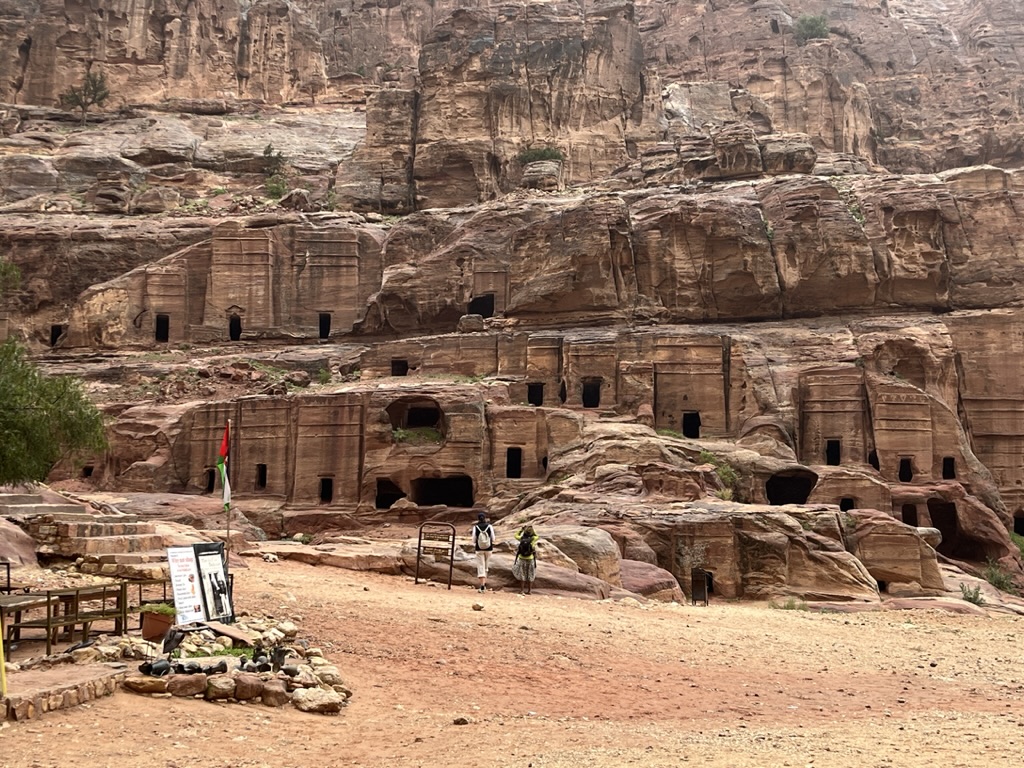
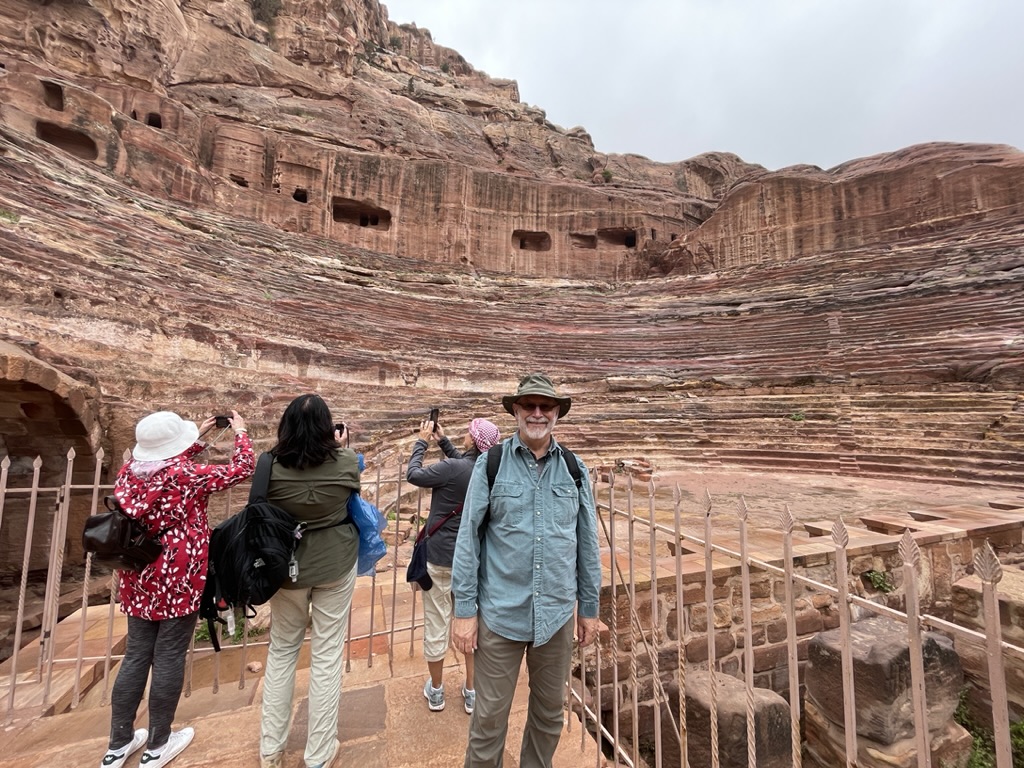
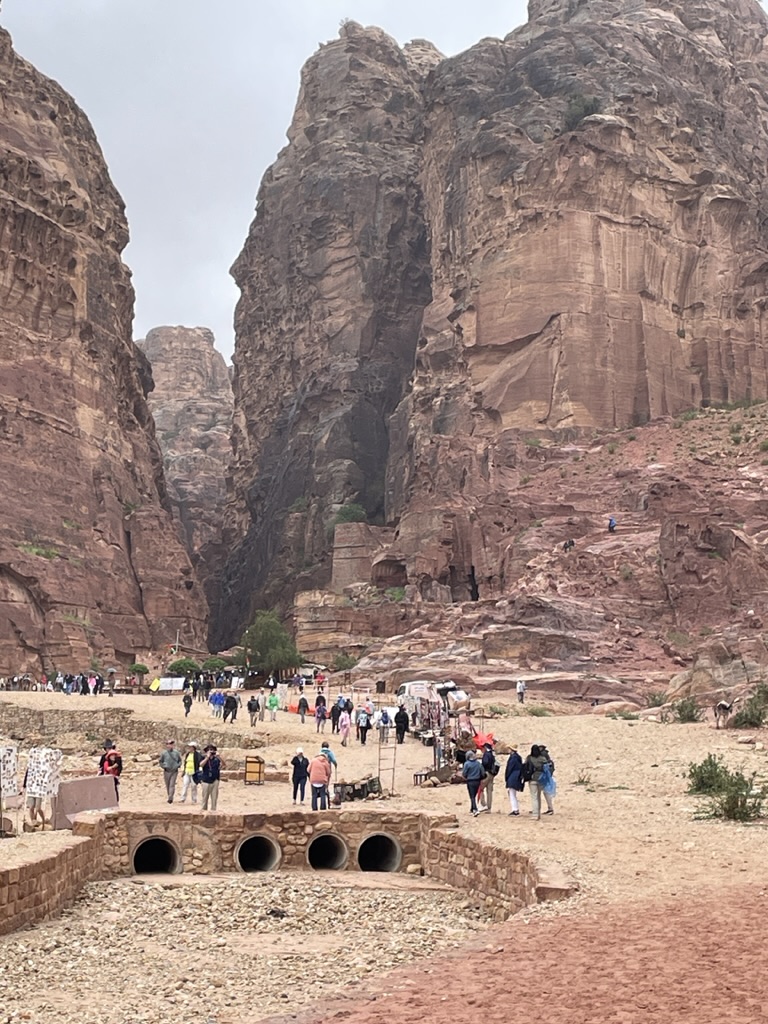
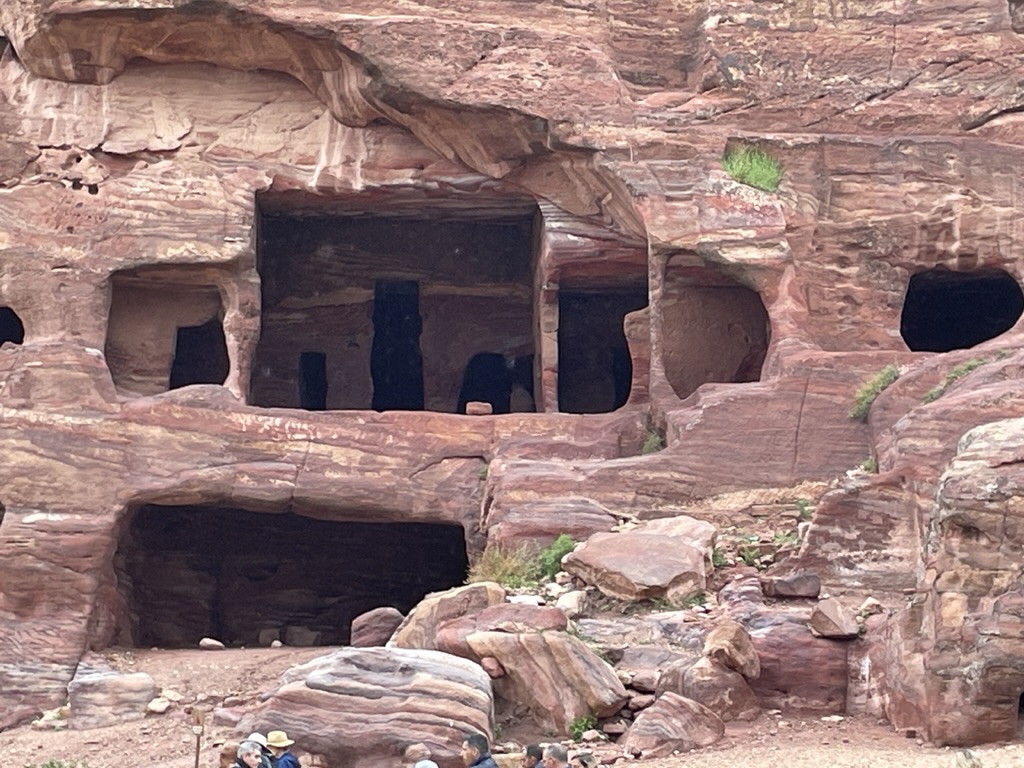
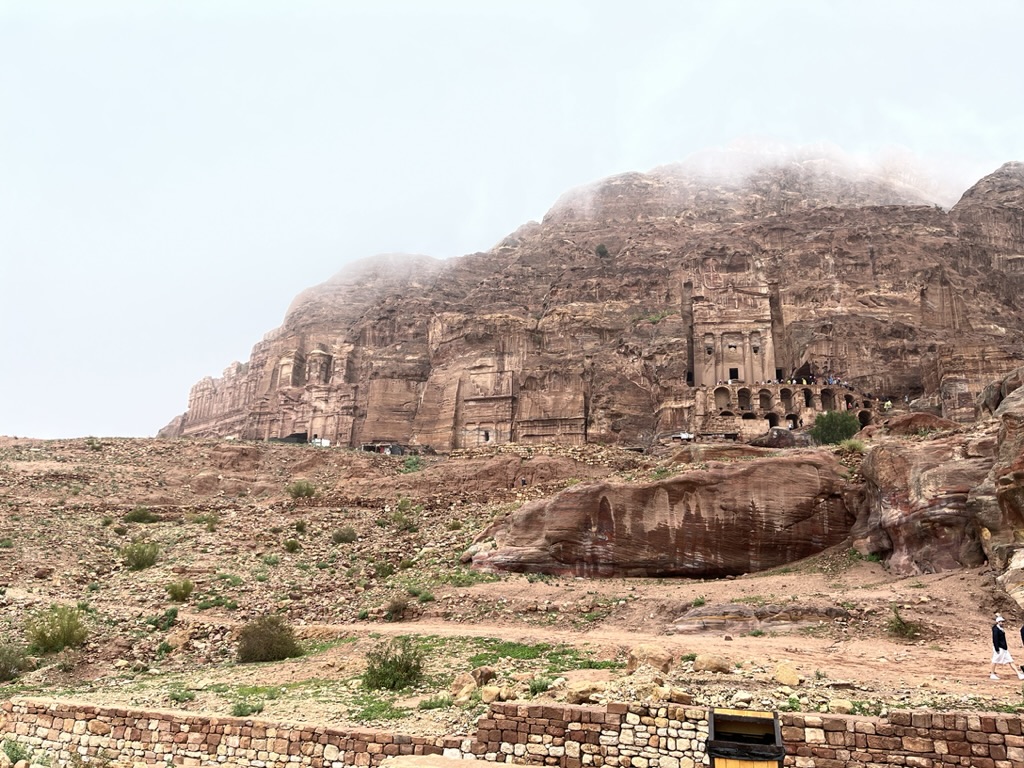
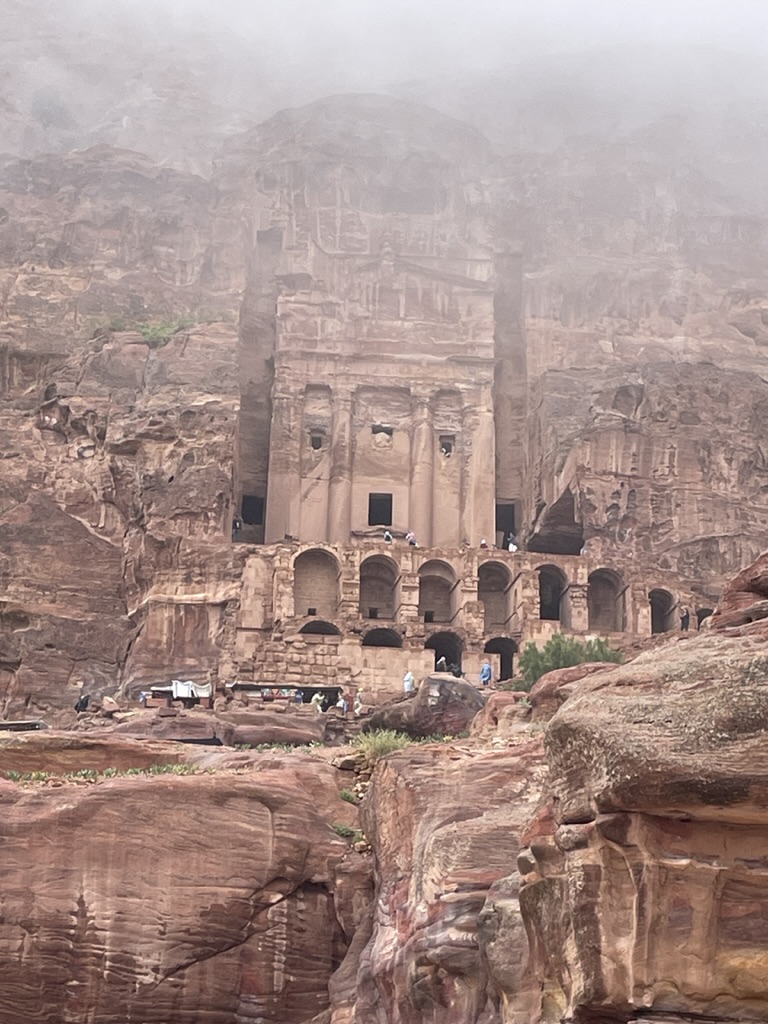
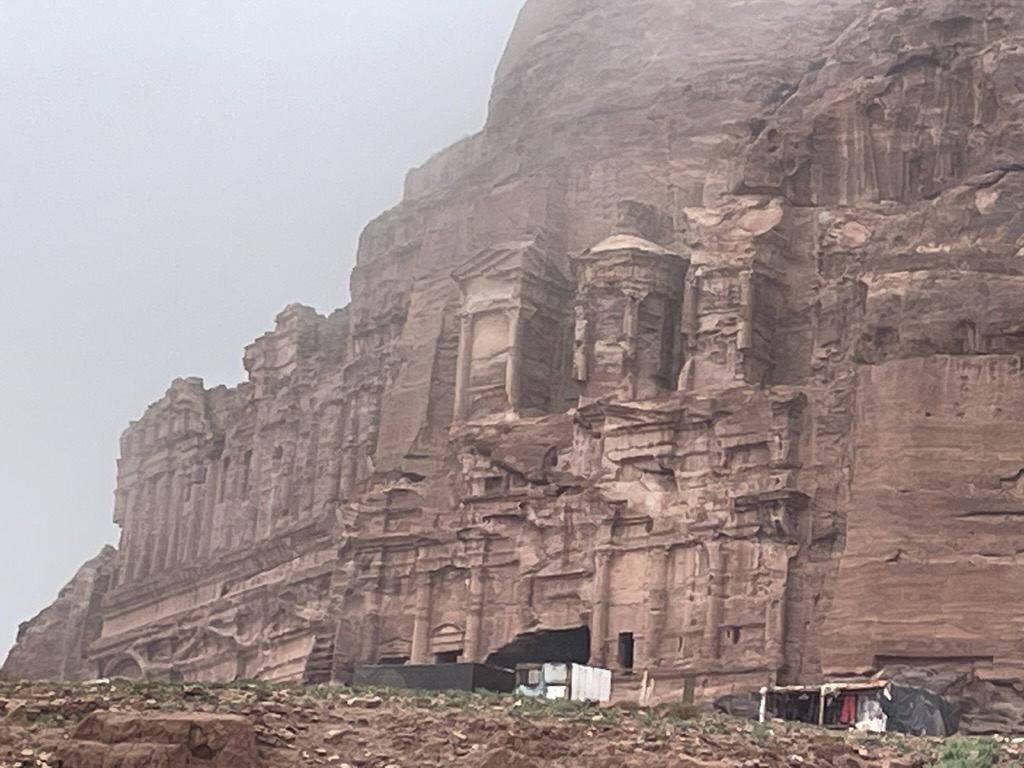
Wow!! So glad you did it and it looked like you had a marvelous excursion! Sorry Mom wrenched her ankle. Hope she can bounce back from that soon, you have a lot more adventuring to do!!
You said “rapidly turning the dirt into slippery mud” and I was like “oh no this doesn’t end well. Someone is going to turn an ankle.”